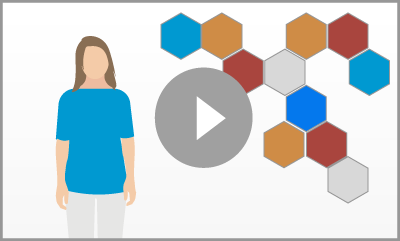
Seminars with Teaching Tools
iBiology and our collaborators have developed discussion questions, assessments, and other curricular resources to accompany many of our seminars. These seminars are on a range of topics and can be used to help your students learn new topics or understand the process of science.
Biochemistry
-
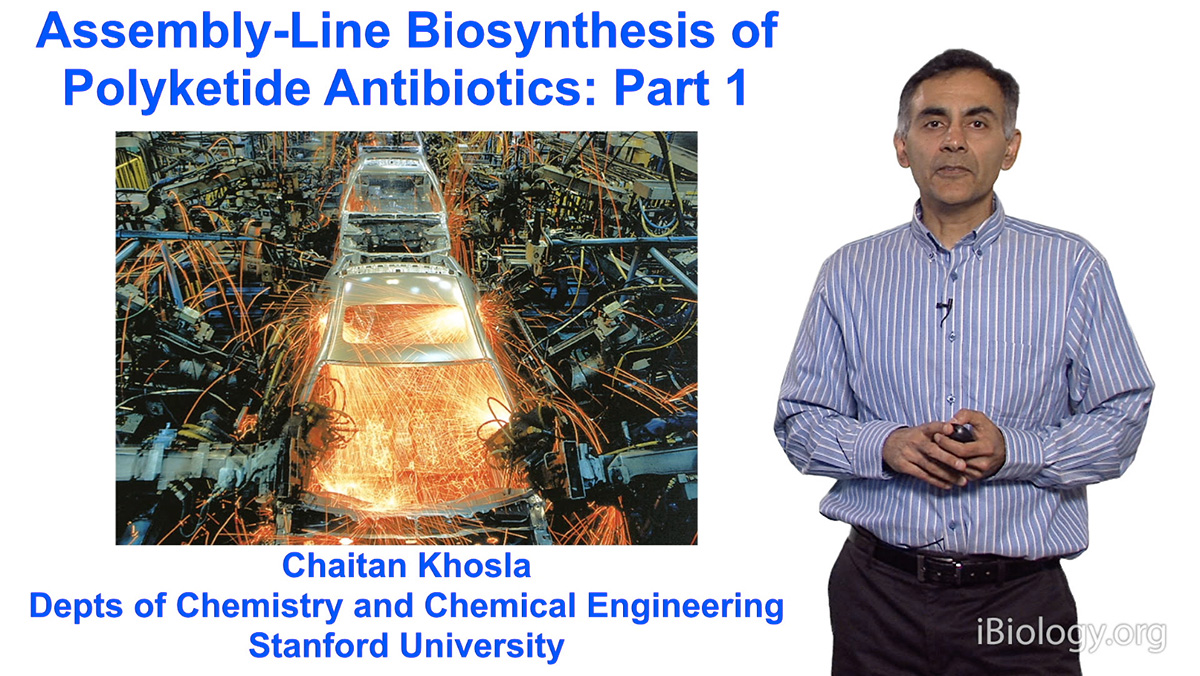
An Introduction to Polyketide Assembly Lines
Polyketide antibiotics are widely used drugs. Chaitan Khosla gives an overview of the enzymatic assembly lines used for polyketide biosynthesis.
3 videos
- Educators of Adv. Undergrad / Grad
- Researcher
- Educators
-
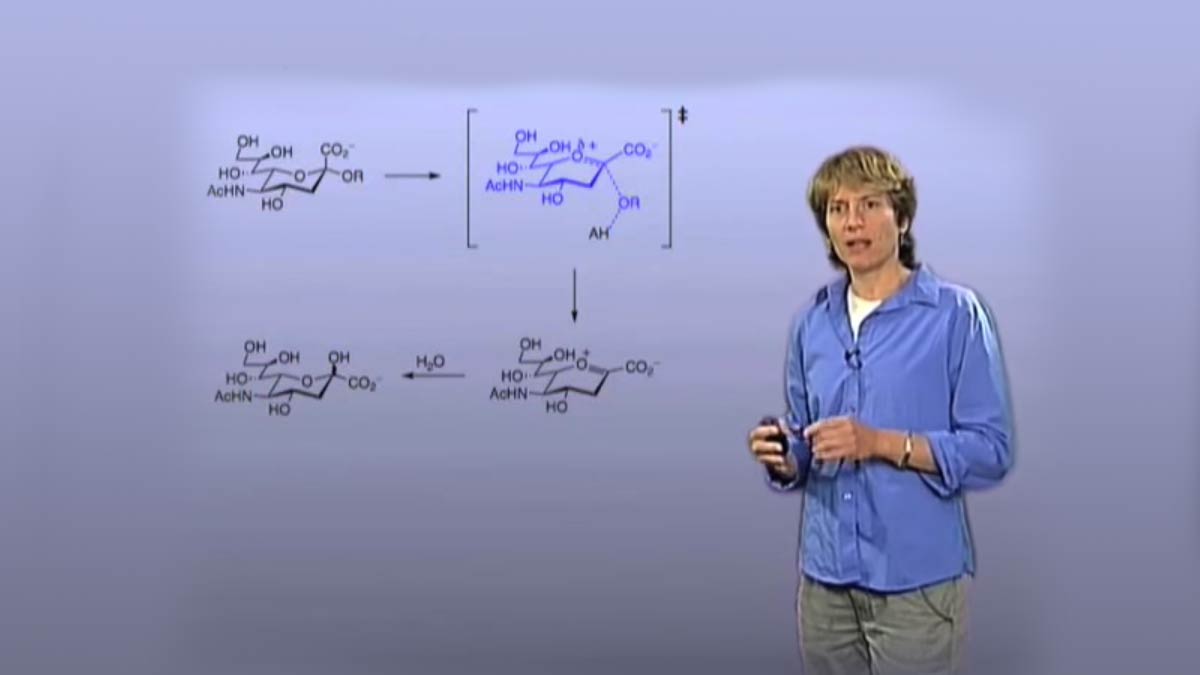
Chemical Glycobiology: Study of Glycans and the Immune System
Carolyn Bertozzi describes how cell surface glycans determine human blood types, allow viral infections and play a key role in tissue inflammation.
2 videos
- Educators of H. School / Intro Undergrad
- Student
- Educators of Adv. Undergrad / Grad
- Researcher
- Educators
-
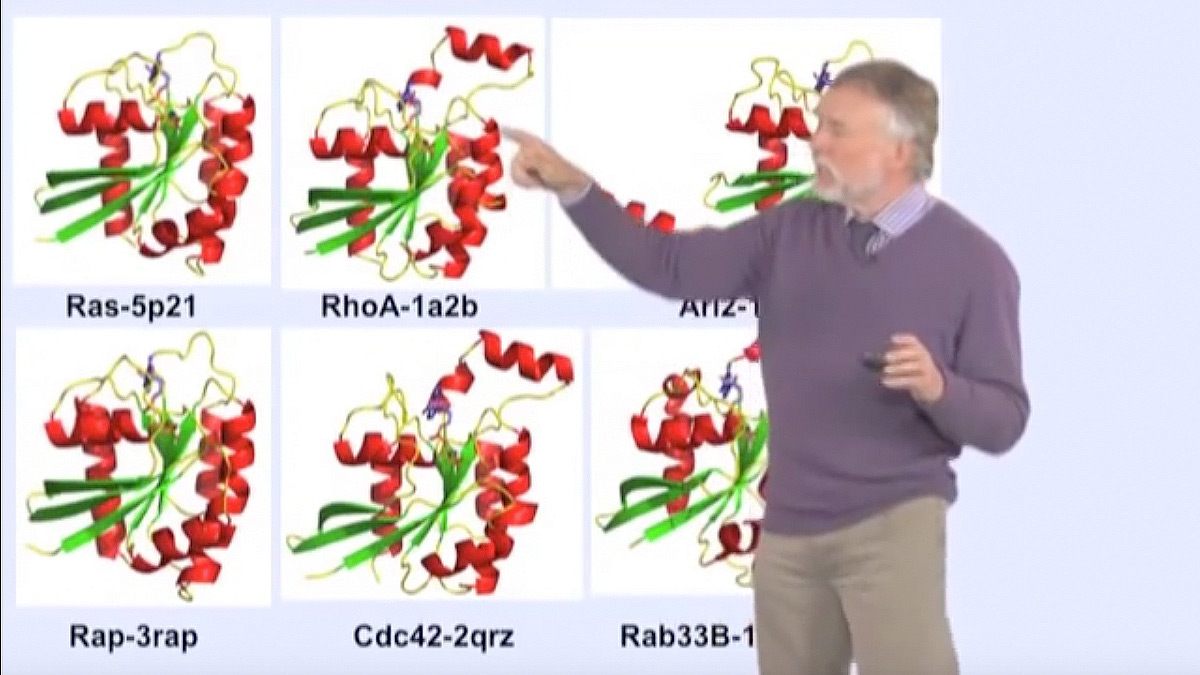
G-Proteins as Molecular Switches
Alfred Wittinghofer explains that solving the 3D structure of Ras, and other G-proteins, allowed him to understand how G-proteins can act as switches.
2 videos
- Educators of Adv. Undergrad / Grad
- Researcher
- Educators
-
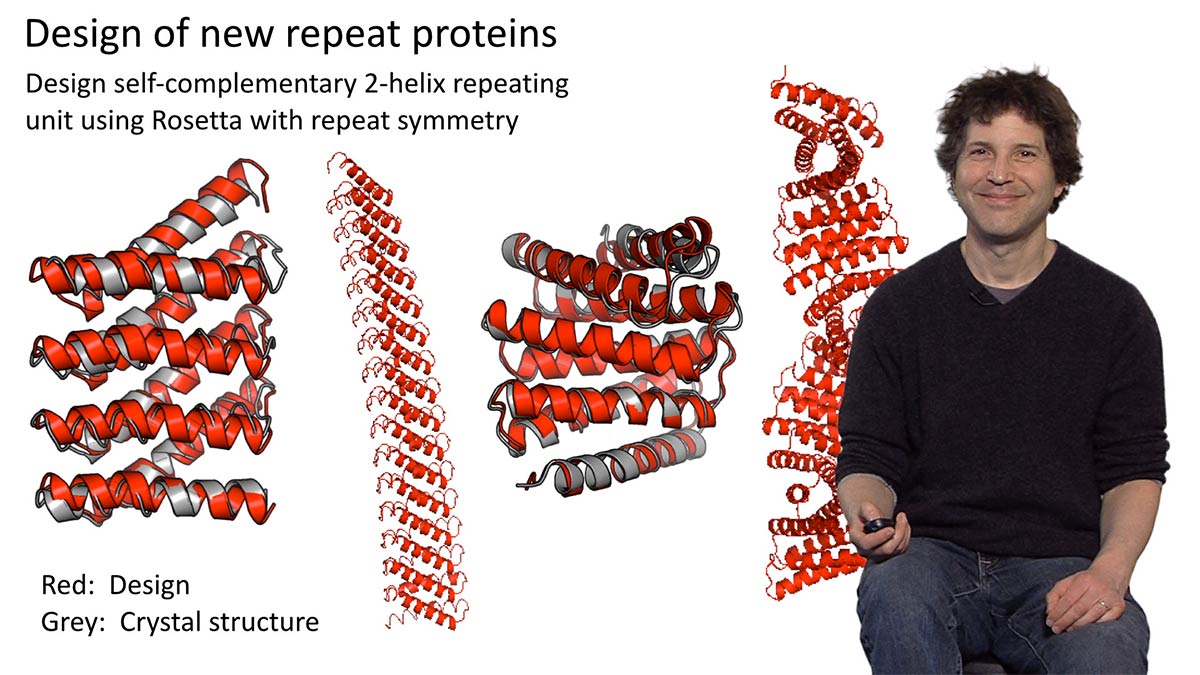
Introduction to Protein Design and Protein Design Algorithms
David Baker begins his talk by describing two reciprocal research problems and discusses results demonstrating that the protein design algorithms work well.
2 videos
- Educators of Adv. Undergrad / Grad
- Researcher
- Educators
-
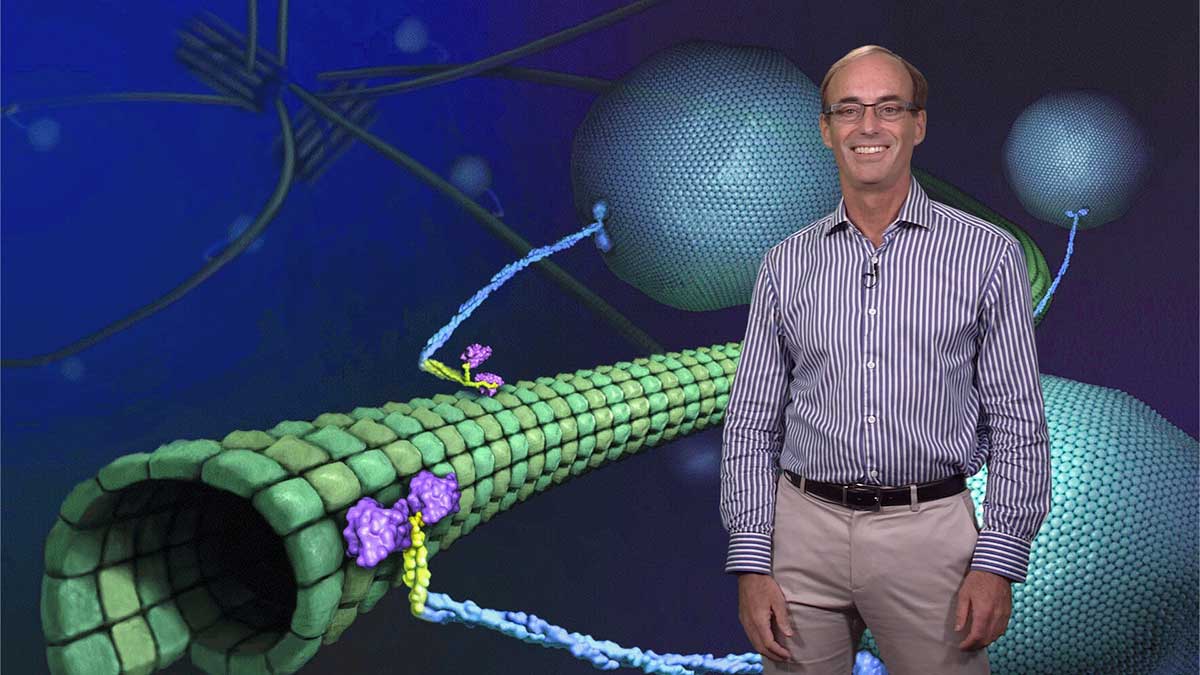
Molecular Motor Proteins
Lasker Award winner Ron Vale gives an overview of the molecular motor proteins that power much of the movement performed by living organisms.
3 videos
- Educators of H. School / Intro Undergrad
- Student
- Educators of Adv. Undergrad / Grad
- Researcher
- Educators
-
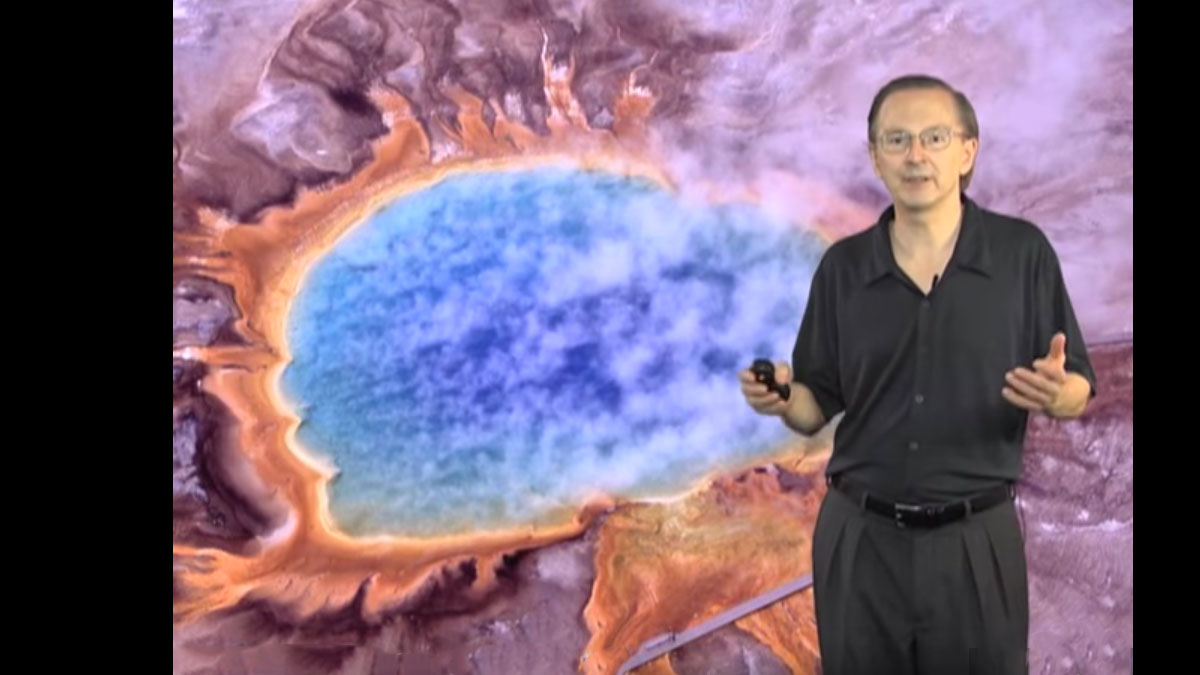
The Origin of Life on Earth
What is the origin of life on Earth? Jack Szostak describes the chemistry that may have allowed life to first evolve.
3 videos
- Educators of H. School / Intro Undergrad
- Student
- Educators of Adv. Undergrad / Grad
- Researcher
- Educators
-
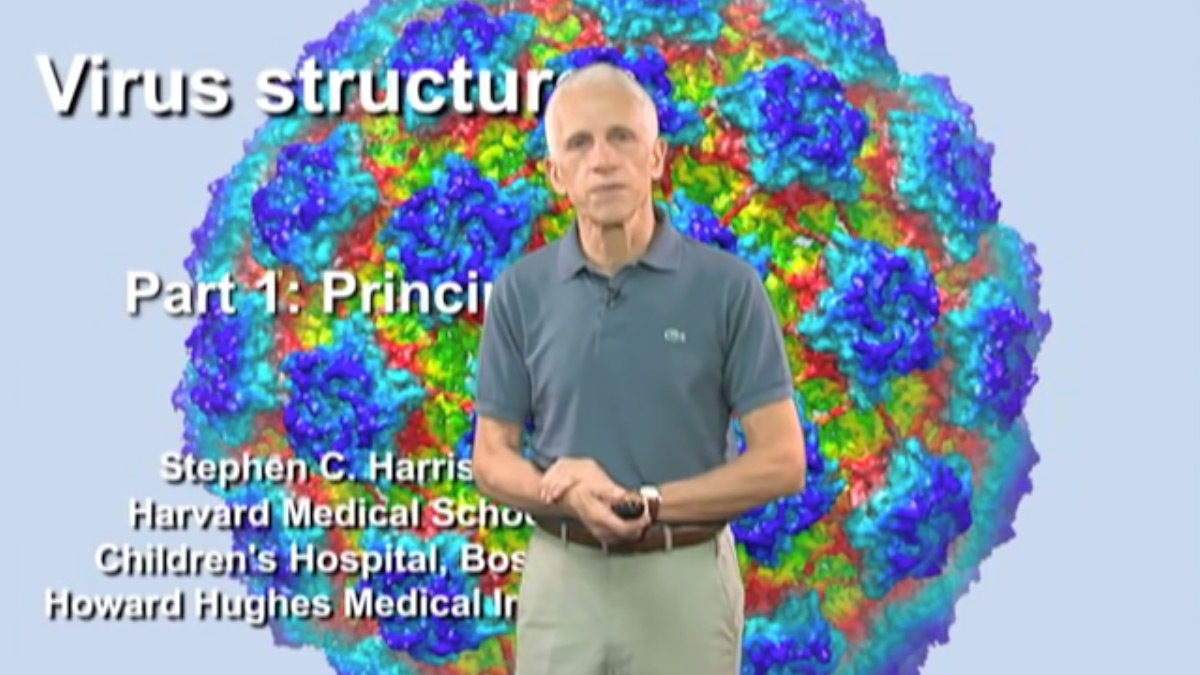
Virus Structures
Using x-ray crystallography, Stephen Harrison obtains beautiful and informative images of virus structures that help scientists better understand viral infection.
3 videos
- Educators of H. School / Intro Undergrad
- Student
- Educators of Adv. Undergrad / Grad
- Researcher
- Educators
Bioengineering
-
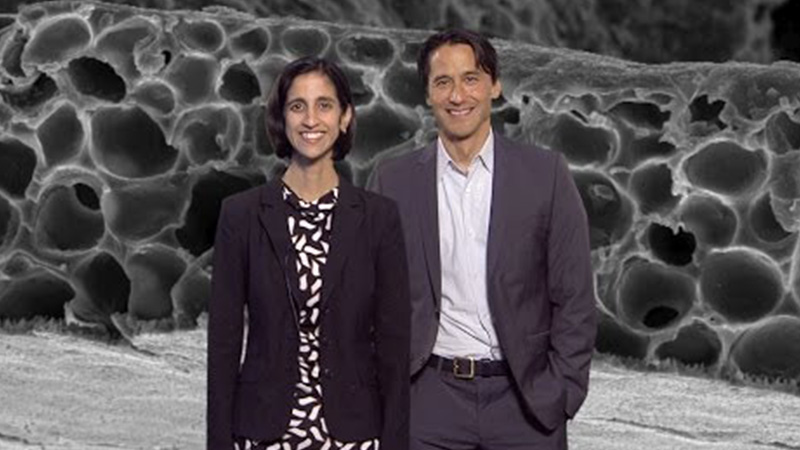
Advancing the Treatment of Retinal Diseases
Robert Bhisitkul and Tejal Desai describe how treatment for retinal diseases and vision loss may be improved by efforts to develop implantable devices for drug delivery.
1 videos
- Educators of Adv. Undergrad / Grad
- Researcher
- Educators
-
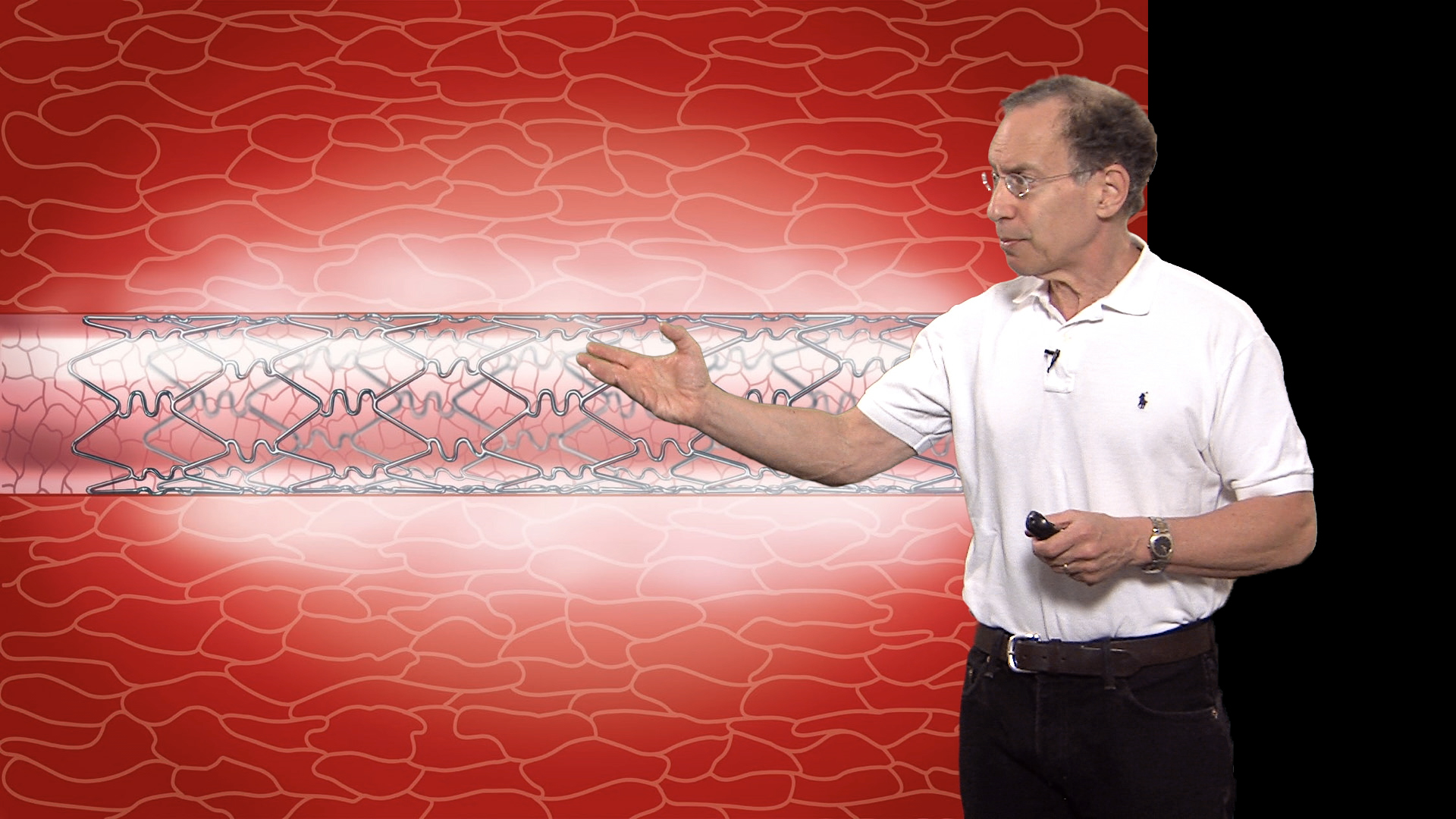
Controlled Drug Release Technology
Scientists have developed a variety of systems to optimize drug release. Bob Langer gives an overview of many of these controlled drug release technologies.
3 videos
- Educators of H. School / Intro Undergrad
- Student
- Educators of Adv. Undergrad / Grad
- Researcher
- Educators
-
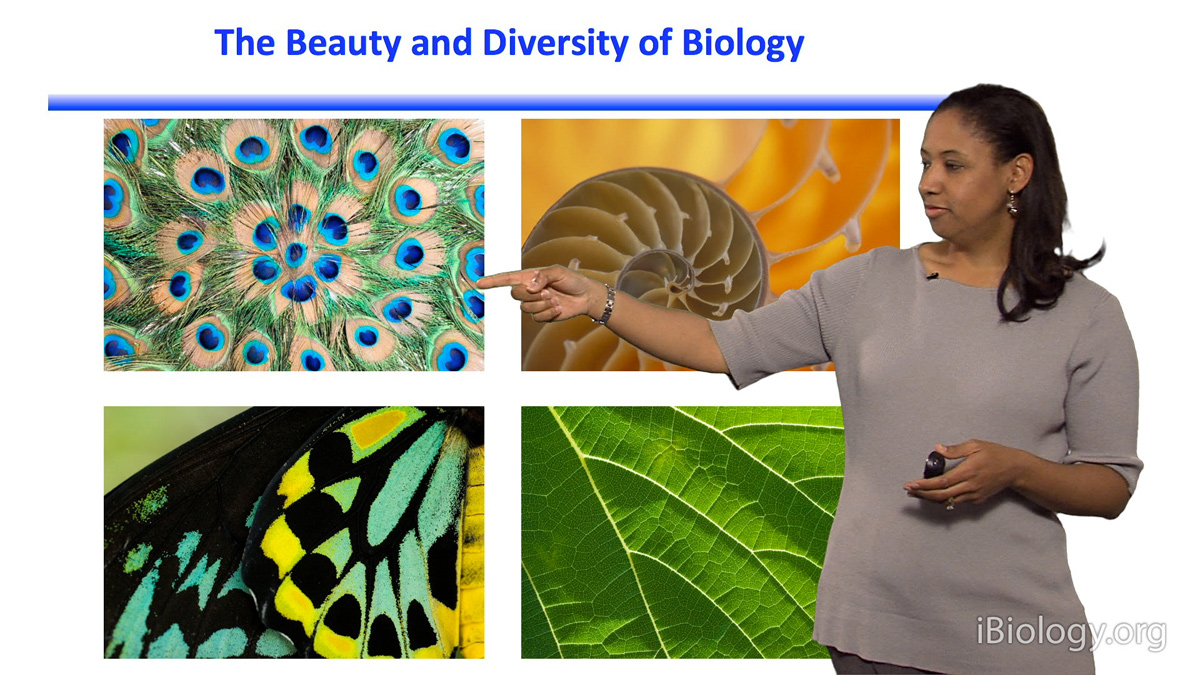
Introduction to Synthetic Biology and Metabolic Engineering
Kristala L. J. Prather explains that synthetic biology involves applying engineering principles to biological systems to build “biological machines."
2 videos
- Educators of Adv. Undergrad / Grad
- Researcher
- Educators
-
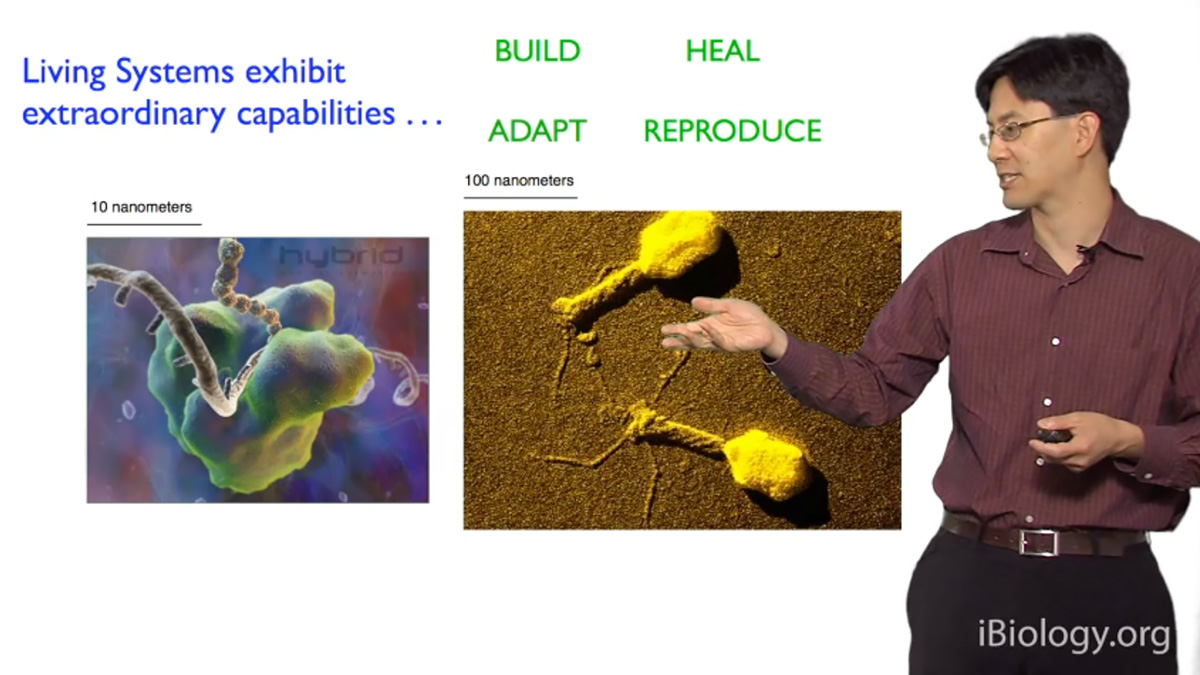
Nanofabrication via DNA Origami
In this talk about nanofabrication and DNA origami, William Shih describes how DNA can be used as a building material to construct nanoscale objects.
3 videos
- Educators of H. School / Intro Undergrad
- Student
- Educators of Adv. Undergrad / Grad
- Researcher
- Educators
-
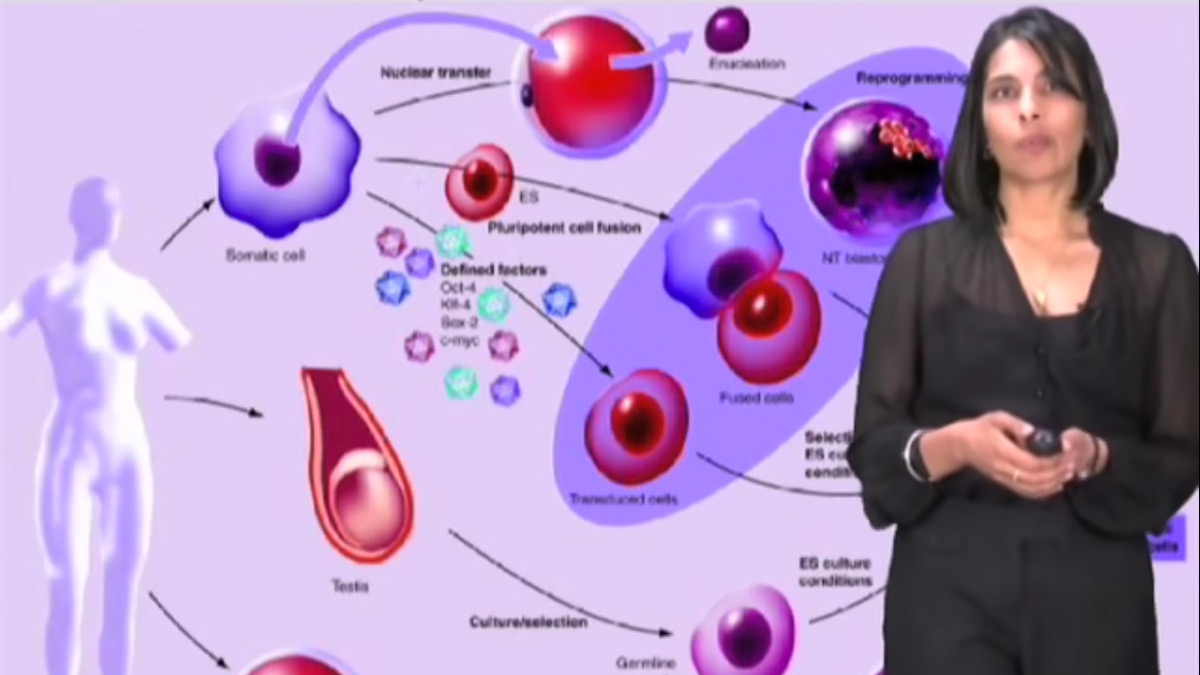
Tissue Engineering
When and why would one choose to use an engineered tissue? Sangeeta Bhatia answers that question and explains the challenges of tissue engineering.
2 videos
- Educators of H. School / Intro Undergrad
- Student
- Educators of Adv. Undergrad / Grad
- Researcher
- Educators
Cell Biology
-
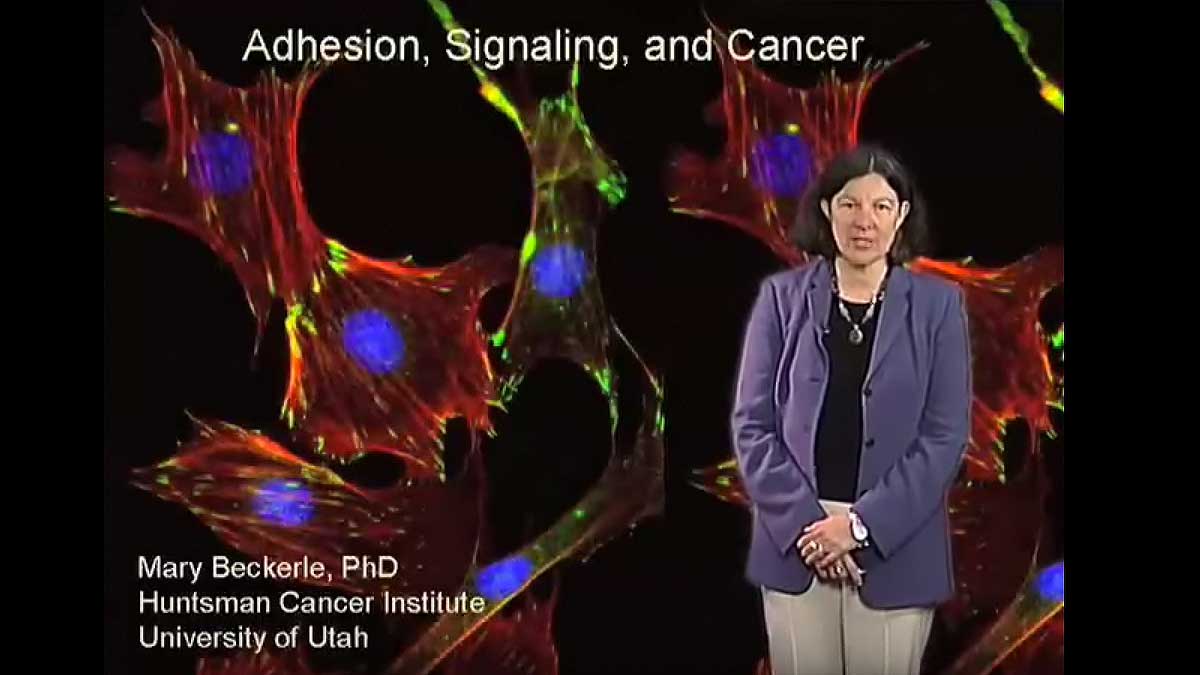
Cell Adhesion, Signaling and Cancer
Mary Beckerle describes advances in our understanding of cancer as a genetic disease, and the influence of cell adhesion on control of cell growth.
3 videos
- Educators of Adv. Undergrad / Grad
- Researcher
- Educators
-
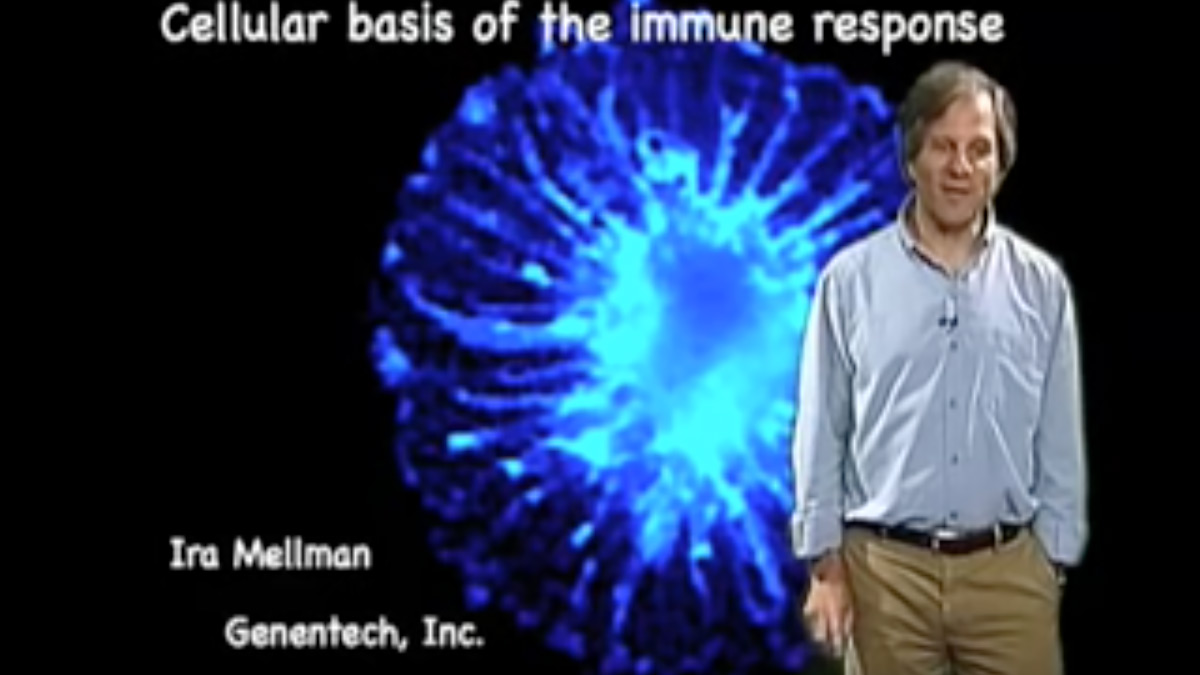
Cell Biology of the Immune Response
Ira Mellman talks about the organization of the immune response, including the innate and adaptive immune responses and the dendritc cells that link them.
2 videos
- Educators of Adv. Undergrad / Grad
- Researcher
- Educators
-
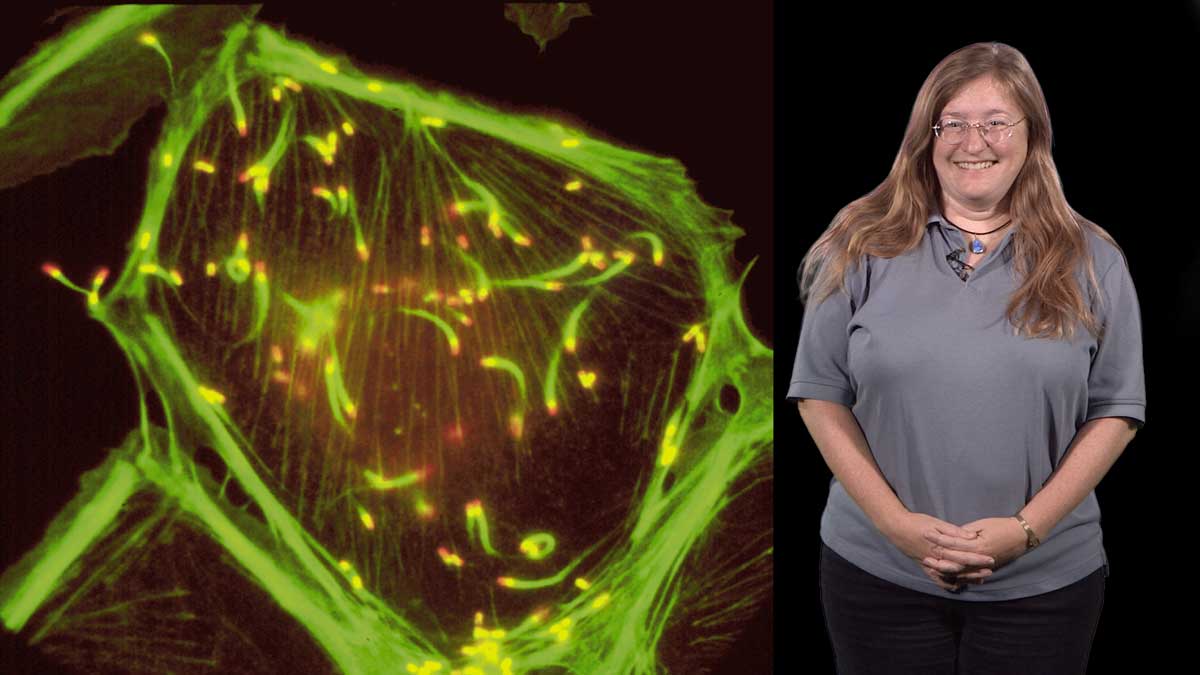
Cell Motility and the Cytoskeleton
Julie Theriot explains how the polymerization of actin into filaments drives cell motility. Proteins that regulate actin turnover are also key to cell movement.
3 videos
- Educators of Adv. Undergrad / Grad
- Researcher
- Educators
-
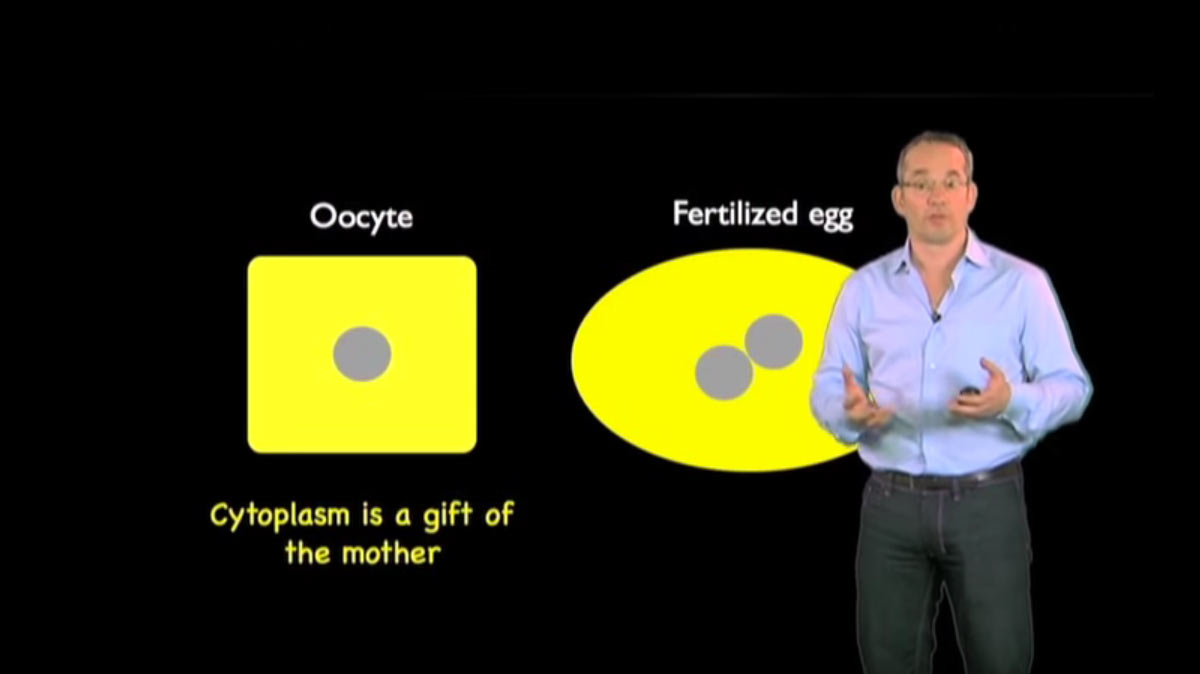
Cellular Organization of Complex Cell Structures
C. elegans embyros are an excellent model for studying cellular organization. Anthony Hyman explains how protein complexes, large structures and compartments are organized.
4 videos
- Educators of H. School / Intro Undergrad
- Student
- Educators of Adv. Undergrad / Grad
- Researcher
- Educators
-
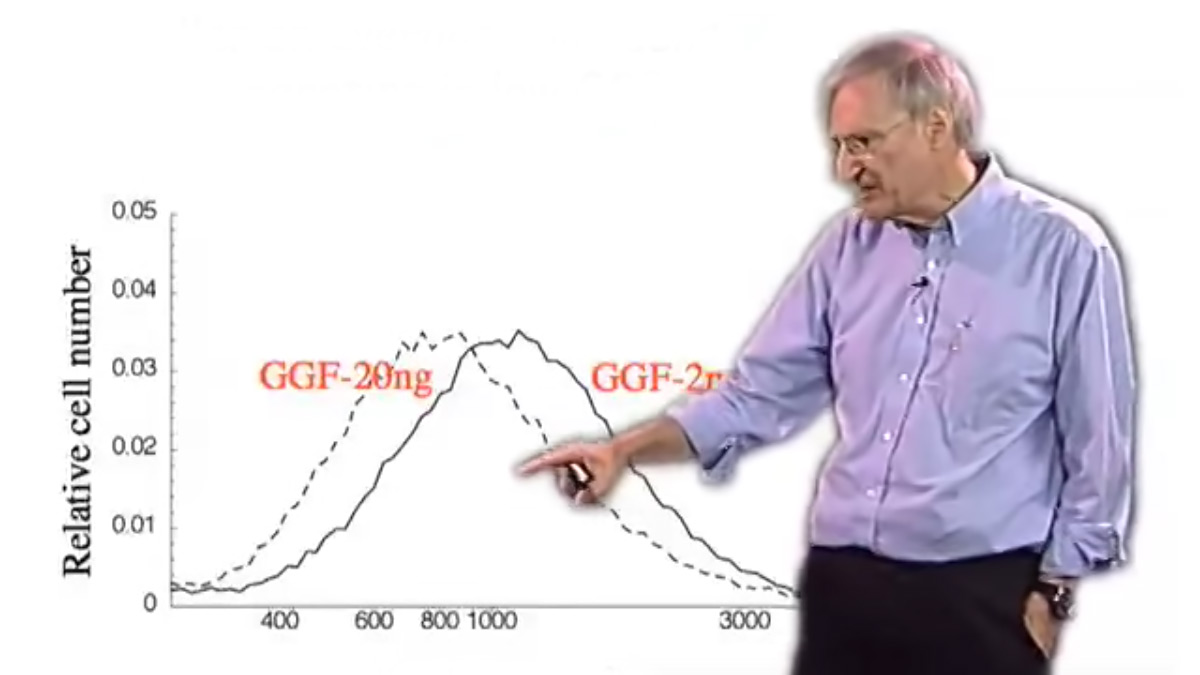
Control of Cell Growth in Animal Development
Martin Raff describes how they found that extracellular signals can control cell growth and cell-cycle progression separately.
2 videos
- Educators of H. School / Intro Undergrad
- Student
- Educators of Adv. Undergrad / Grad
- Researcher
- Educators
-
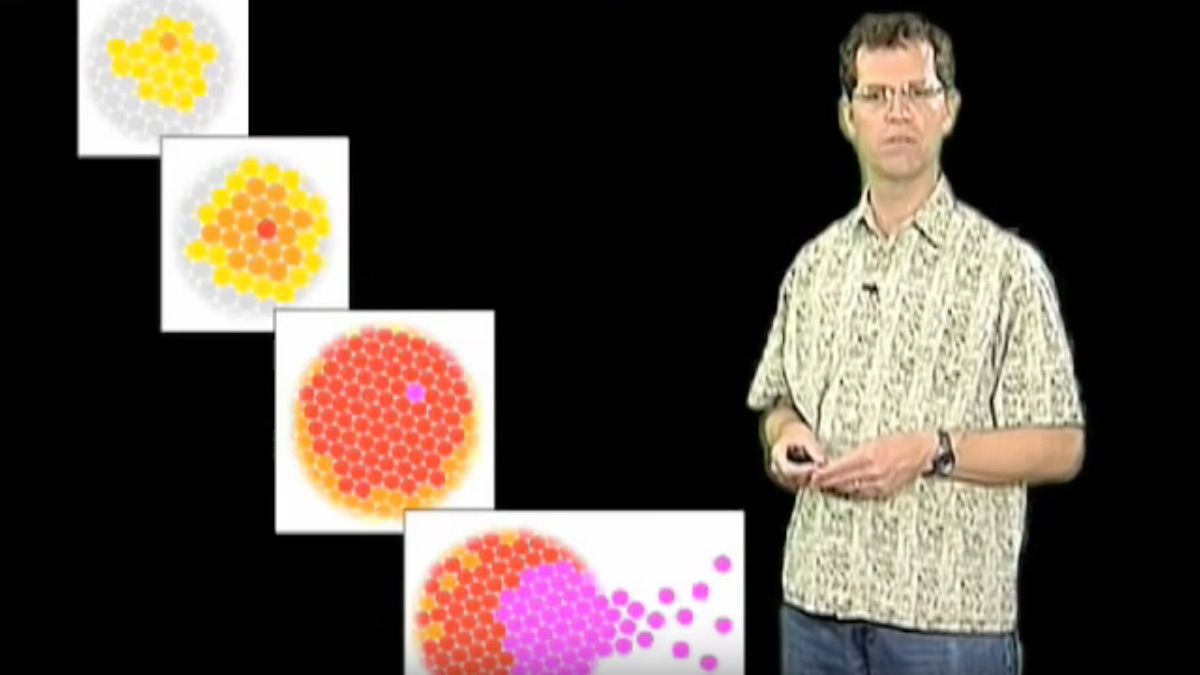
Controlling the Cell Cycle
David Morgan explains the cell-cycle, the main players that regulate the system, and how they fit together to form a series of biochemical switches.
3 videos
- Educators of H. School / Intro Undergrad
- Student
- Educators of Adv. Undergrad / Grad
- Researcher
- Educators
-
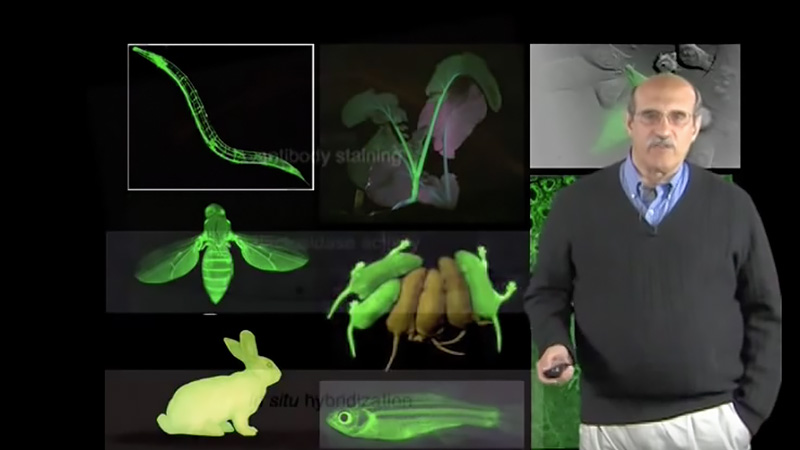
Developing GFP as a Biological Marker
Martin Chalfie describes the events that led to developing green fluorescent protein (GFP) to track the expression and localization of proteins inside the cell.
1 videos
- General Public
- Educators of H. School / Intro Undergrad
- Student
- Educators of Adv. Undergrad / Grad
- Researcher
- Educators
-
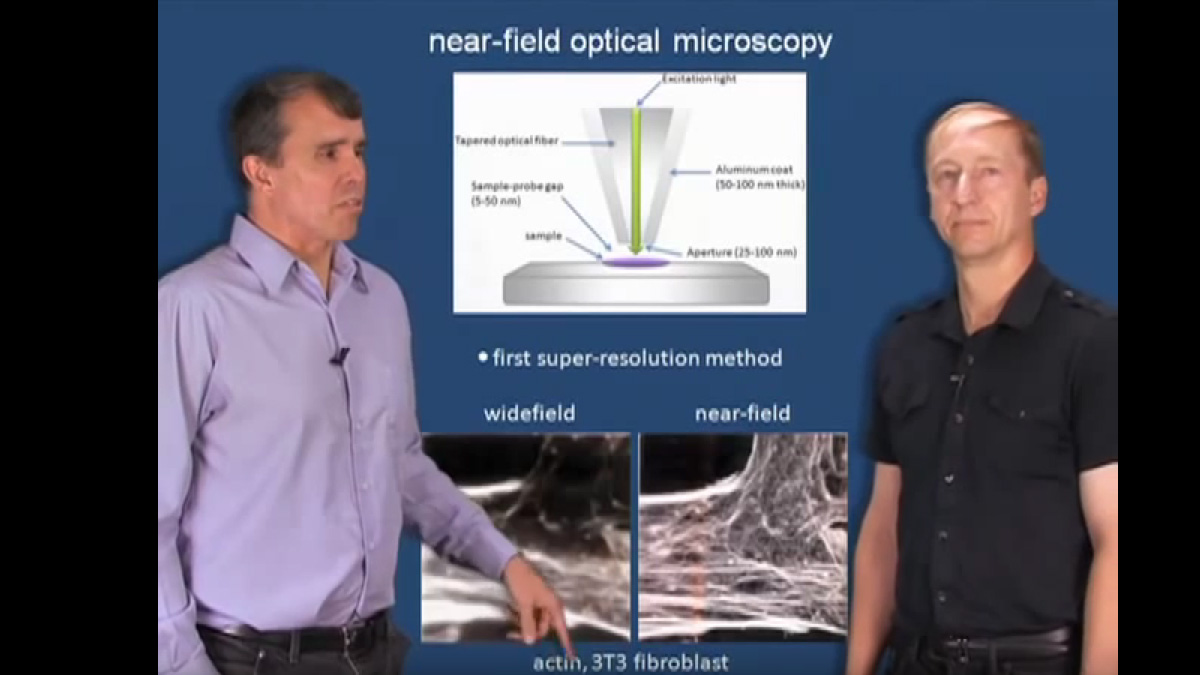
Developing PALM microscopy
Harald Hess and Eric Betzig talk about the work that led to the development of the first super-high-resolution microscope for PALM microscopy.
1 videos
- Educators of H. School / Intro Undergrad
- Student
- Educators of Adv. Undergrad / Grad
- Researcher
- Educators
-
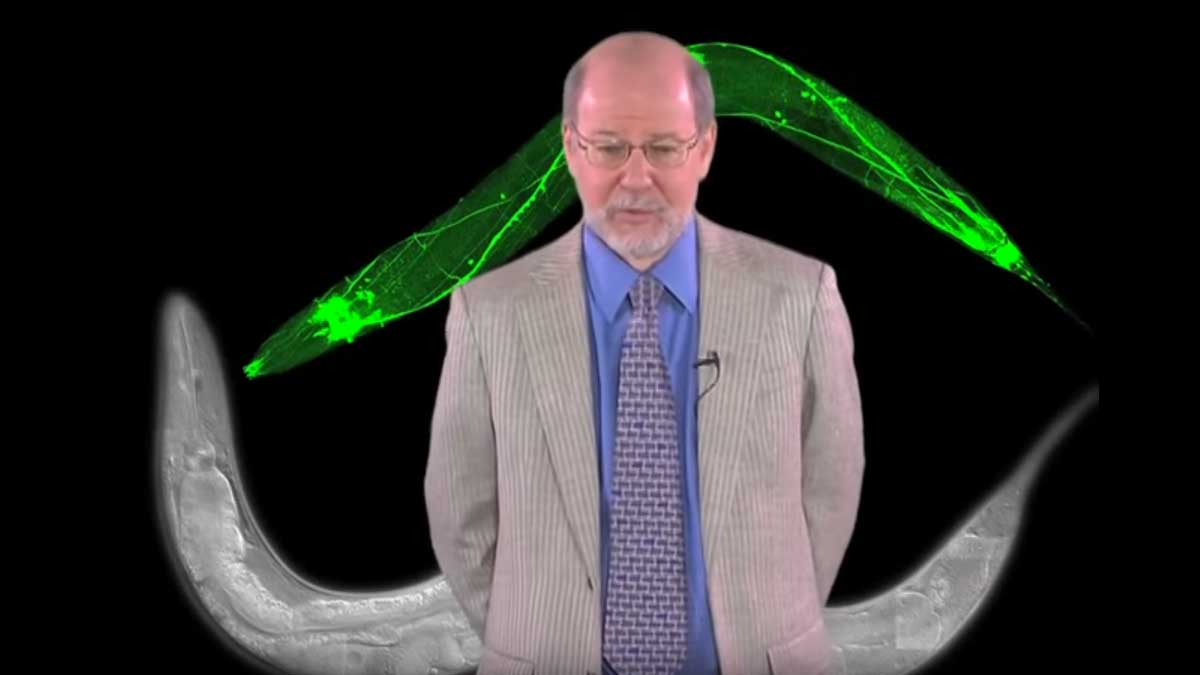
Discovering Programmed Cell Death
H. Robert Horvitz recalls the moment when he realized that his lab’s work on programmed cell death in C. elegans was relevant to cancer in humans.
1 videos
- General Public
- Educators of H. School / Intro Undergrad
- Student
- Educators of Adv. Undergrad / Grad
- Researcher
- Educators
-
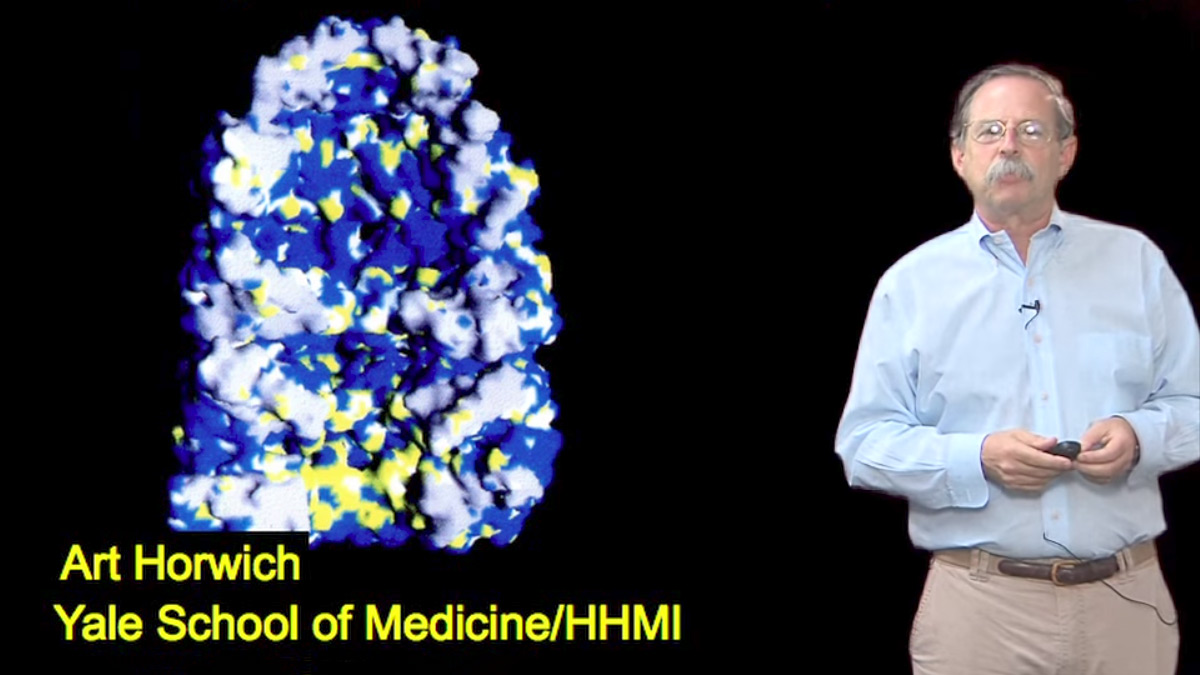
Discovery of Chaperonin-Assisted Protein Folding
Arthur Horwich talks about the story behind the discovery of the molecular chaperonin protein family and the role these chaperones play in protein folding.
1 videos
- General Public
- Educators of H. School / Intro Undergrad
- Student
- Educators of Adv. Undergrad / Grad
- Researcher
- Educators
-
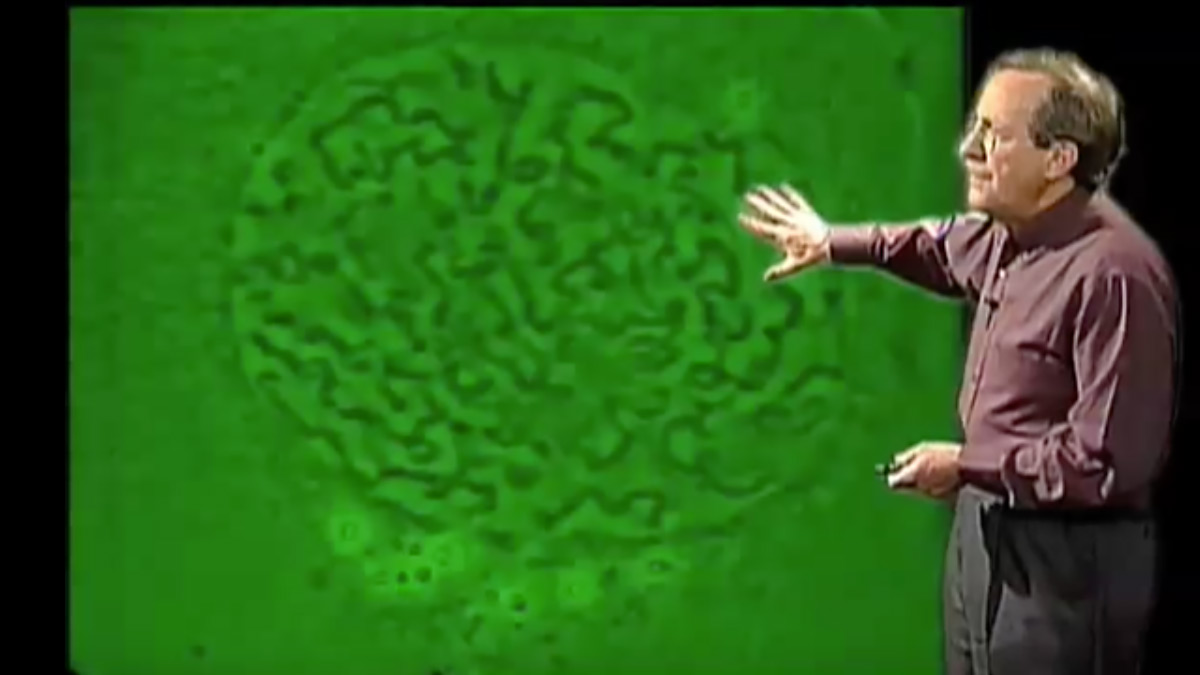
Eukaryotic Cell Division
Richard McIntosh talks about the challenges of undergoing eukaryotic cell division and describes some of the ways cells solve them.
3 videos
- Educators of Adv. Undergrad / Grad
- Researcher
- Educators
-
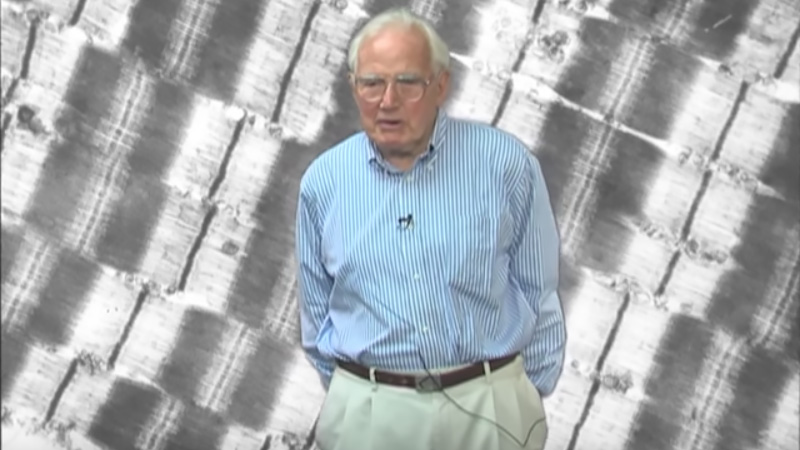
How Muscle Contracts
Hugh Huxley describes the first definitive images showing that muscle was comprised of myosin and actin filament arrays that slide relative to each other when muscles contract.
1 videos
- General Public
- Educators of H. School / Intro Undergrad
- Student
- Educators of Adv. Undergrad / Grad
- Researcher
- Educators
-
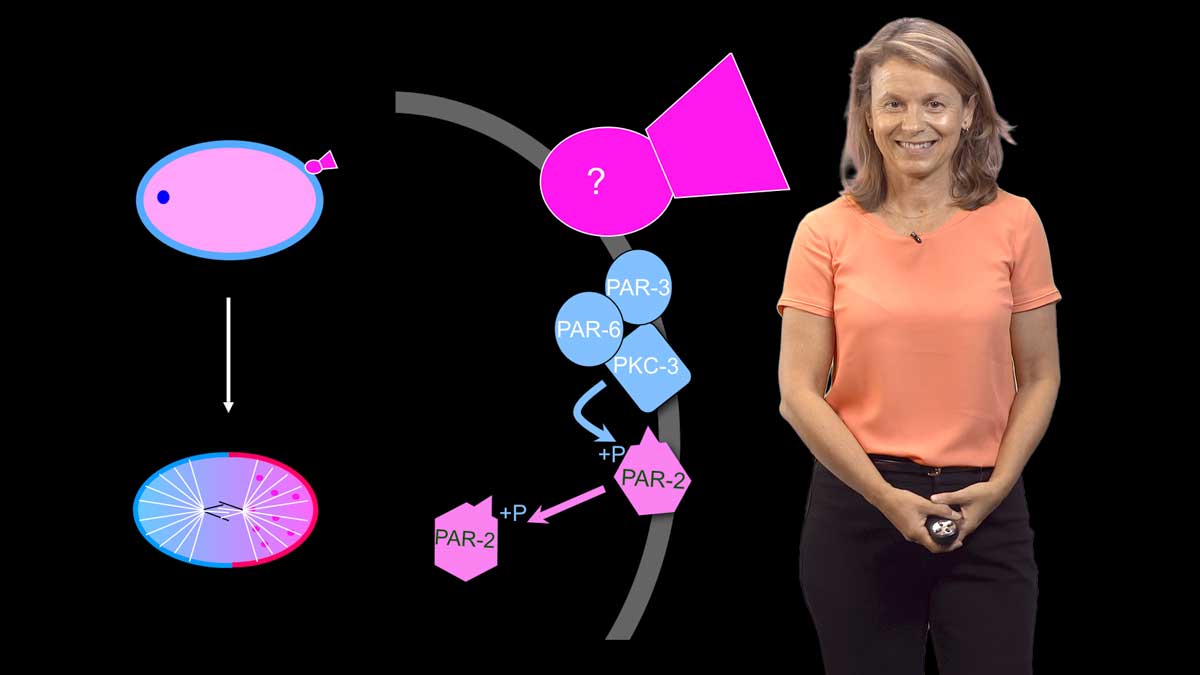
How to Create a Body Axis
Geraldine Seydoux introduces how the sperm divides the egg into distinct anterior and posterior domains shortly after fertilization to create the body axis.
2 videos
- Educators of H. School / Intro Undergrad
- Student
- Educators of Adv. Undergrad / Grad
- Researcher
- Educators
-
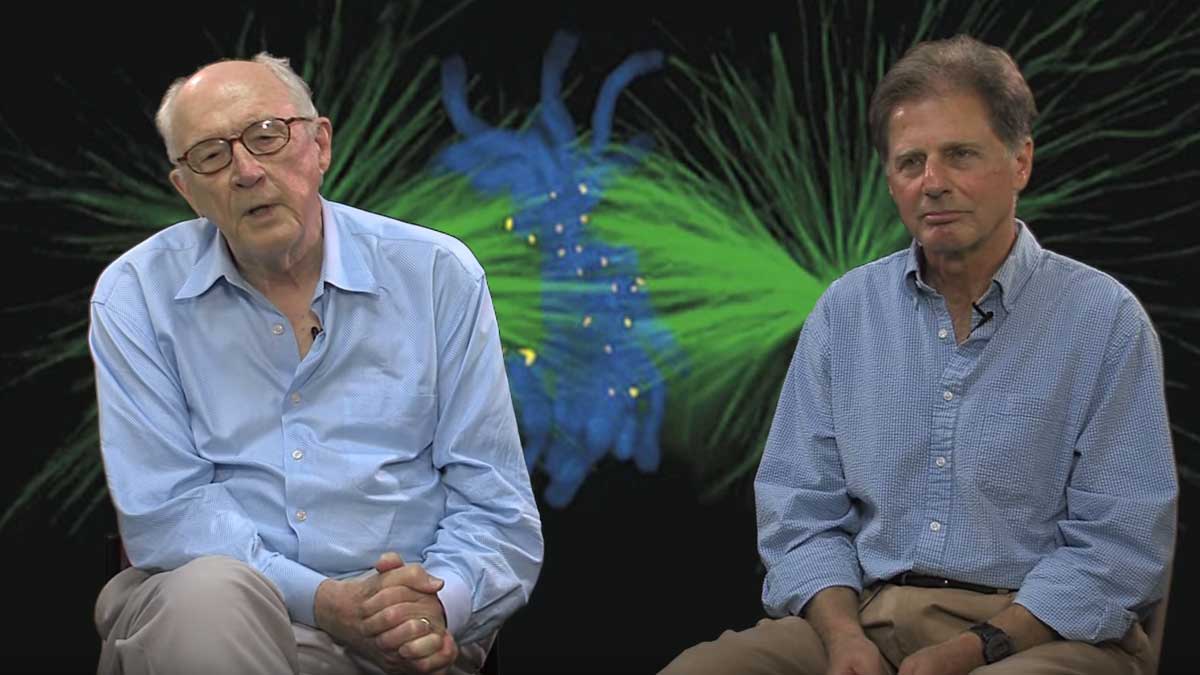
The Discovery of Tubulin
Gary Borisy and Edwin Taylor reminisce about the events that led to the discovery of tubulin, the protein building block of microtubules.
1 videos
- Educators of H. School / Intro Undergrad
- Student
- Educators of Adv. Undergrad / Grad
- Researcher
- Educators
-
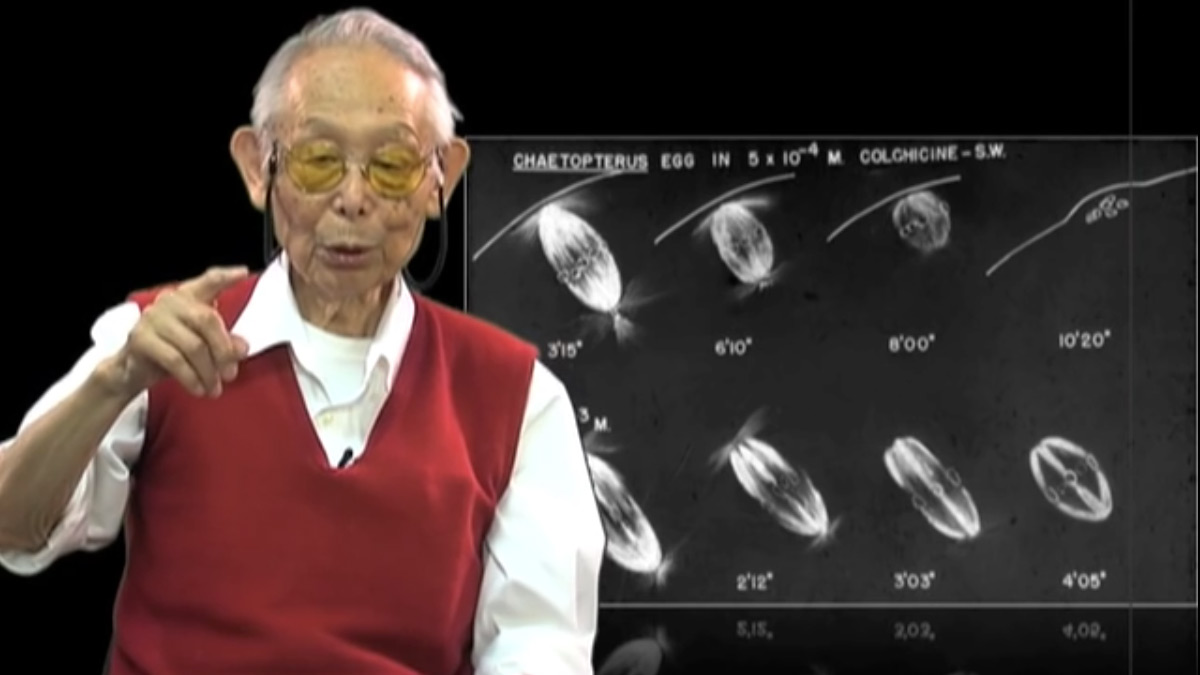
The Dynamic Mitotic Spindle
Shinya Inoue recalls how, in 1947, he built a polarizing light microscope that allowed him to visualize, for the first time, the dynamic mitotic spindle in live cells.
1 videos
- Educators of H. School / Intro Undergrad
- Student
- Educators of Adv. Undergrad / Grad
- Researcher
- Educators
-
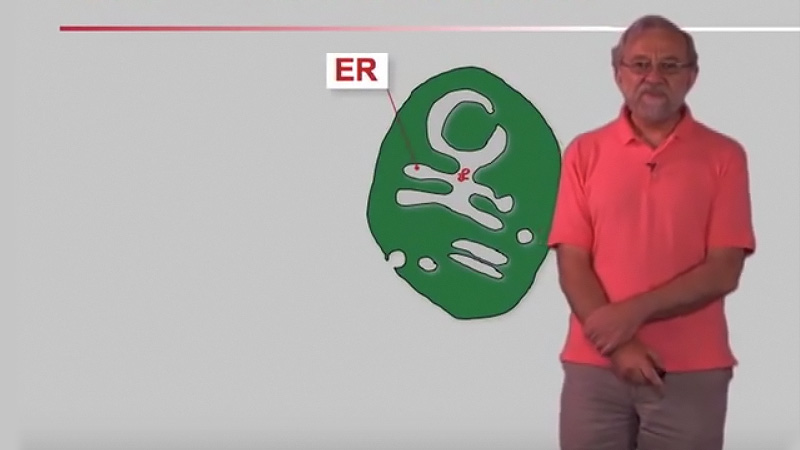
Unfolding the UPR or the Unfolded Protein Response
Peter Walter tells the discovery story of the unfolded protein response, a feedback pathway that ensures the cell can properly fold all the secreted proteins in the cell.
1 videos
- Educators of H. School / Intro Undergrad
- Student
- Educators of Adv. Undergrad / Grad
- Researcher
- Educators
-
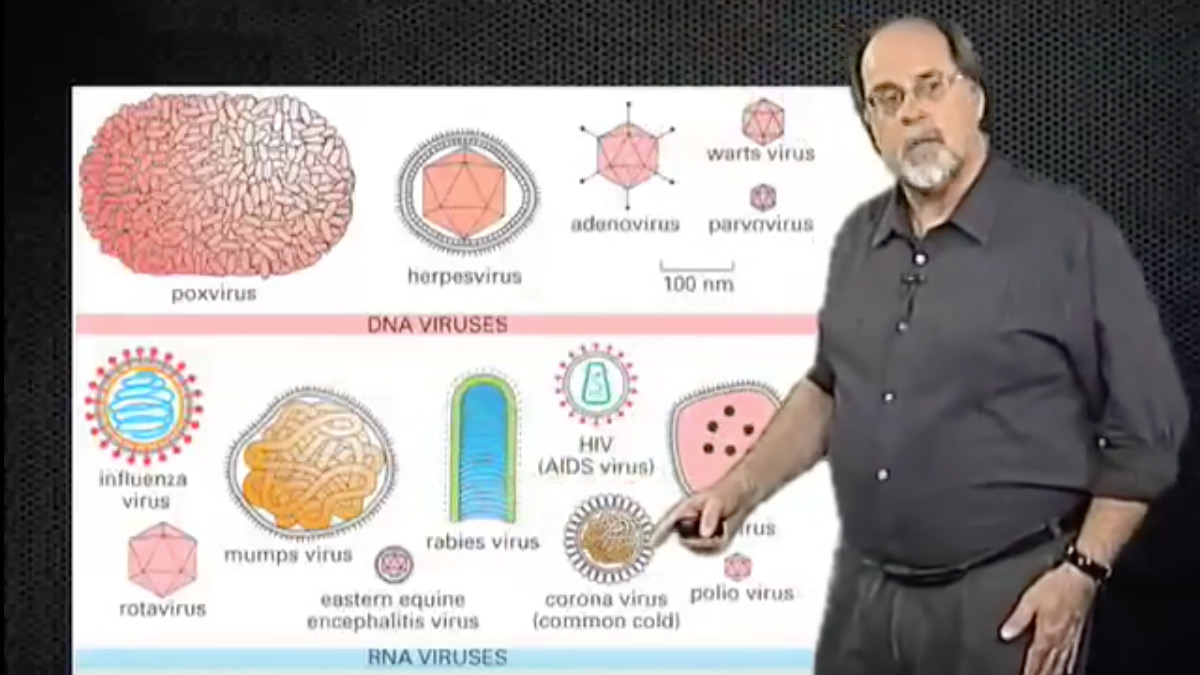
Viral Infection: Virus Entry and Subsequent Steps
Successful viral infection requires that a virus enters a cell and hijacks the host cell machinery to replicate its genome and make viral proteins. Ari Helenius tells us how this happens.
3 videos
- Educators of H. School / Intro Undergrad
- Student
- Educators of Adv. Undergrad / Grad
- Researcher
- Educators
Development and Stem Cells
-
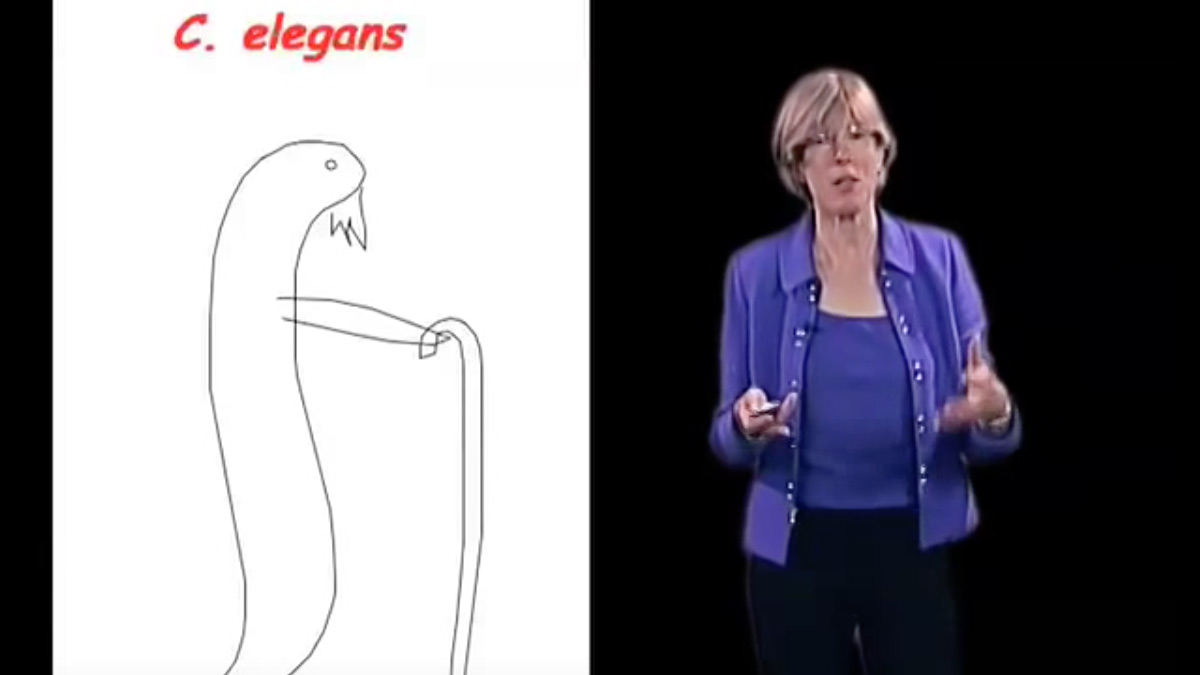
Aging Genes: Genes and Cells that Determine the Lifespan of C. elegans
Dr. Cynthia Kenyon explains that by manipulating aging genes in the nematode C. elegans, they can lengthen lifespan up to 6 fold.
2 videos
- General Public
- Educators of H. School / Intro Undergrad
- Student
- Educators of Adv. Undergrad / Grad
- Researcher
- Educators
-
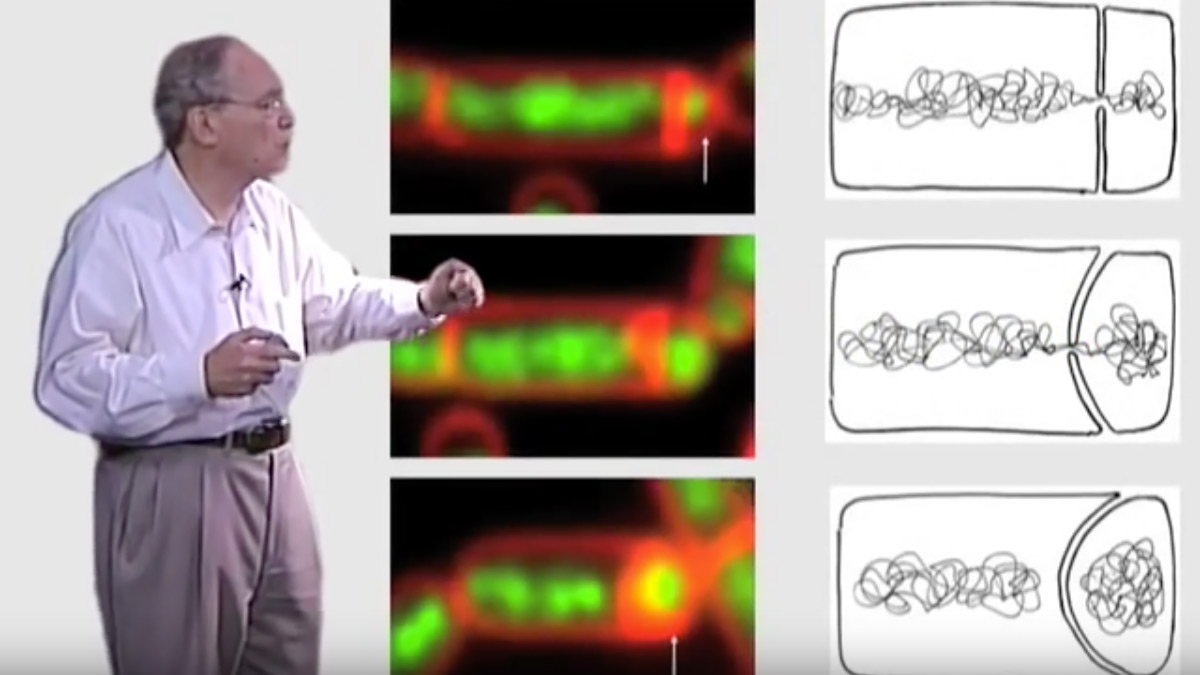
Developmental Biology of a Simple Organism: Bacillus subtilis
Richard Losick describes spore formation, the formation of multicellular communities, and a bet hedging strategy in the bacteria Bacillus subtilis.
3 videos
- Educators of H. School / Intro Undergrad
- Student
- Educators of Adv. Undergrad / Grad
- Researcher
- Educators
-
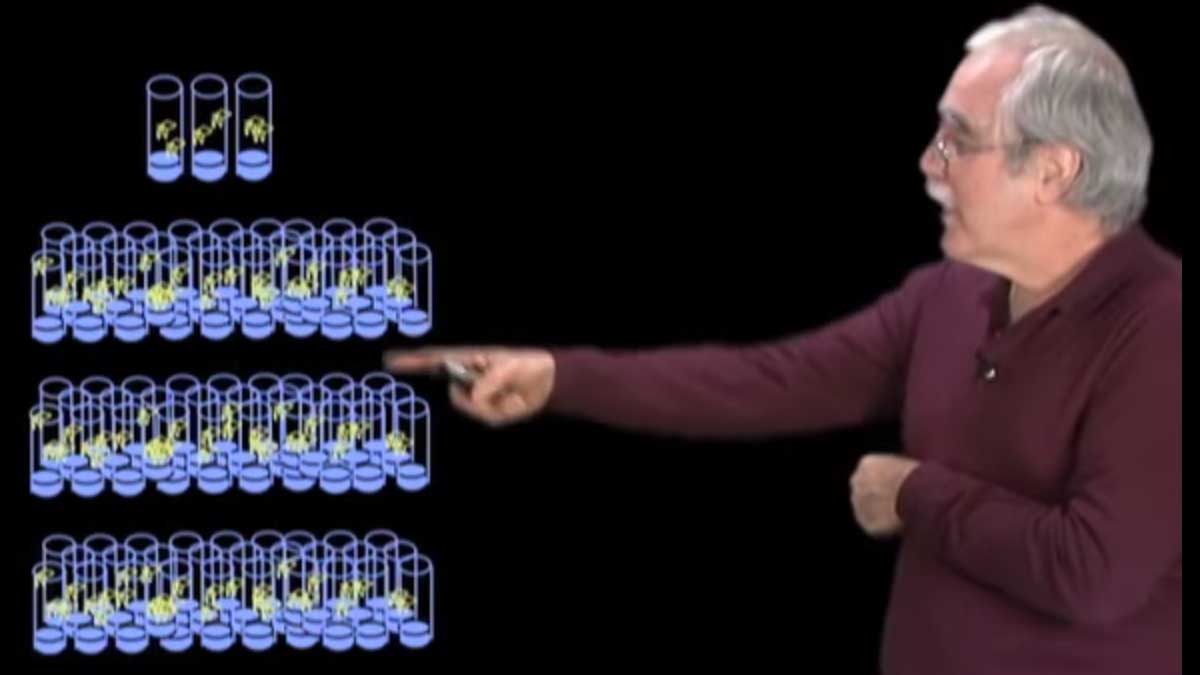
Finding Genes that Control Development
Eric Wieschaus talks about how he and Christiane Nusslein-Volhard aimed to understand which genes regulated embryonic development in Drosophila.
1 videos
- General Public
- Educators of H. School / Intro Undergrad
- Student
- Educators of Adv. Undergrad / Grad
- Researcher
- Educators
-

Patterning Development in the Early Embryo: The Role of Bicoid
Eric Wieschaus discusses how initial patterns of gene expression arise in Drosophila and the role of a maternally supplied transcription factor called Bicoid.
3 videos
- Educators of H. School / Intro Undergrad
- Student
- Educators of Adv. Undergrad / Grad
- Researcher
- Educators
-
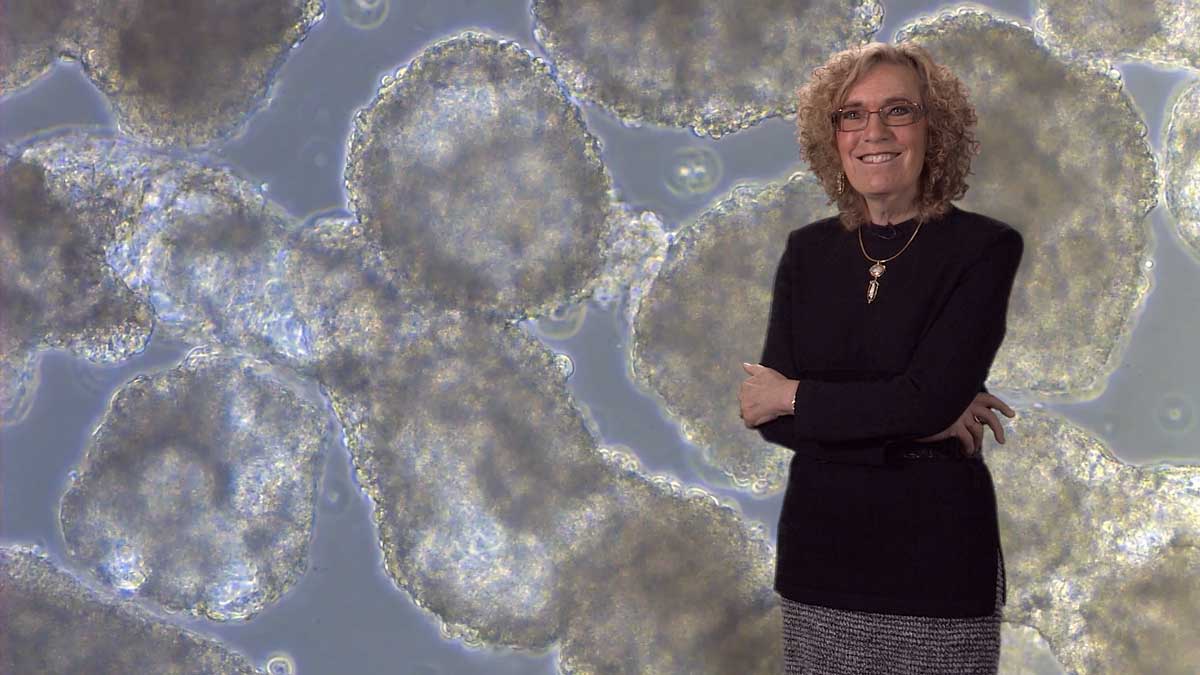
Skin Stem Cells: Biology and Promise for Medicine
Skin stem cells have great potential for the treatment of burns and corneal injuries. As Elaine Fuchs explains, understanding skin stem cell biology is also key to understanding cancers such as squamous cell carcinoma.
3 videos
- Educators of H. School / Intro Undergrad
- Student
- Educators of Adv. Undergrad / Grad
- Researcher
- Educators
Ecology
-
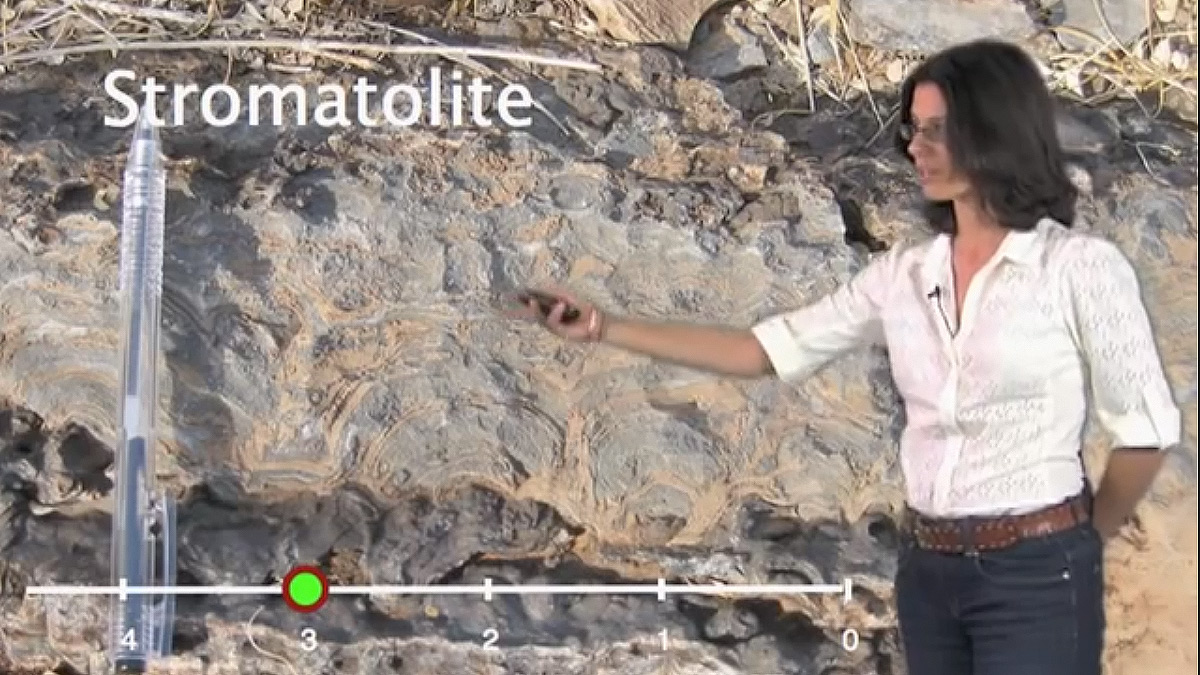
Microbial Diversity and Evolution
Dianne Newman gives an overview of the immense microbial diversity found on Earth and the importance of microbes to evolution and current environmental health.
3 videos
- Educators of H. School / Intro Undergrad
- Student
- Educators of Adv. Undergrad / Grad
- Researcher
- Educators
Evolution
-
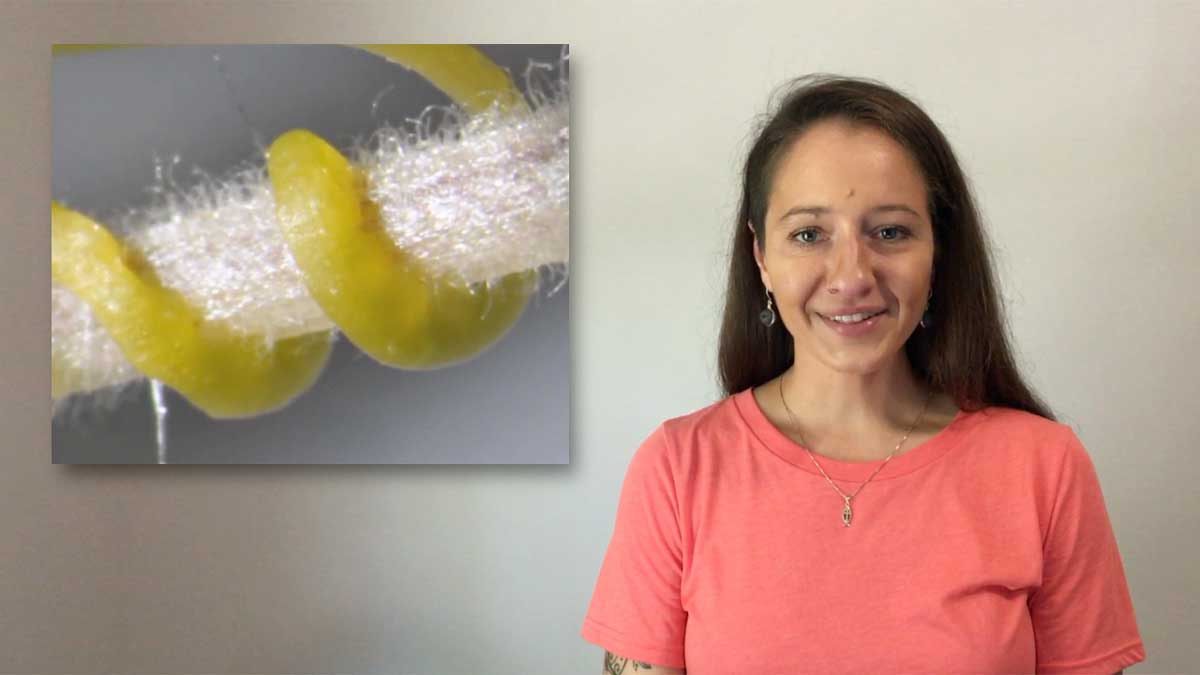
The Making of a Parasitic Plant
Dr. Caitlin Conn describes the common life strategies of parasitic plants in this active learning video designed for undergraduate education.
1 videos
- General Public
- Educators of H. School / Intro Undergrad
- Student
- Educators
-
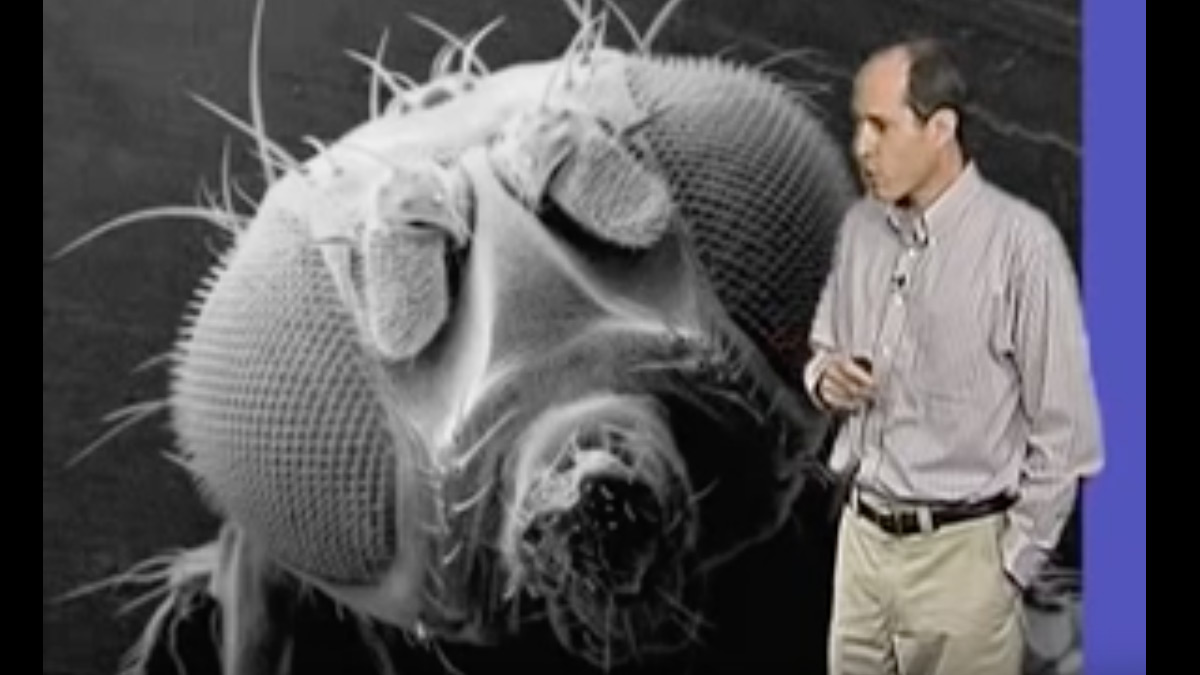
The Vertebrate Retina, Photoreceptors, and Color Vision
Why can you see in both bright sunlight and dim moonlight? Why do some species and some people lack color vision? Jeremy Nathans explains how you see.
4 videos
- Educators of Adv. Undergrad / Grad
- Researcher
- Educators
Genetics and Gene Regulation
-
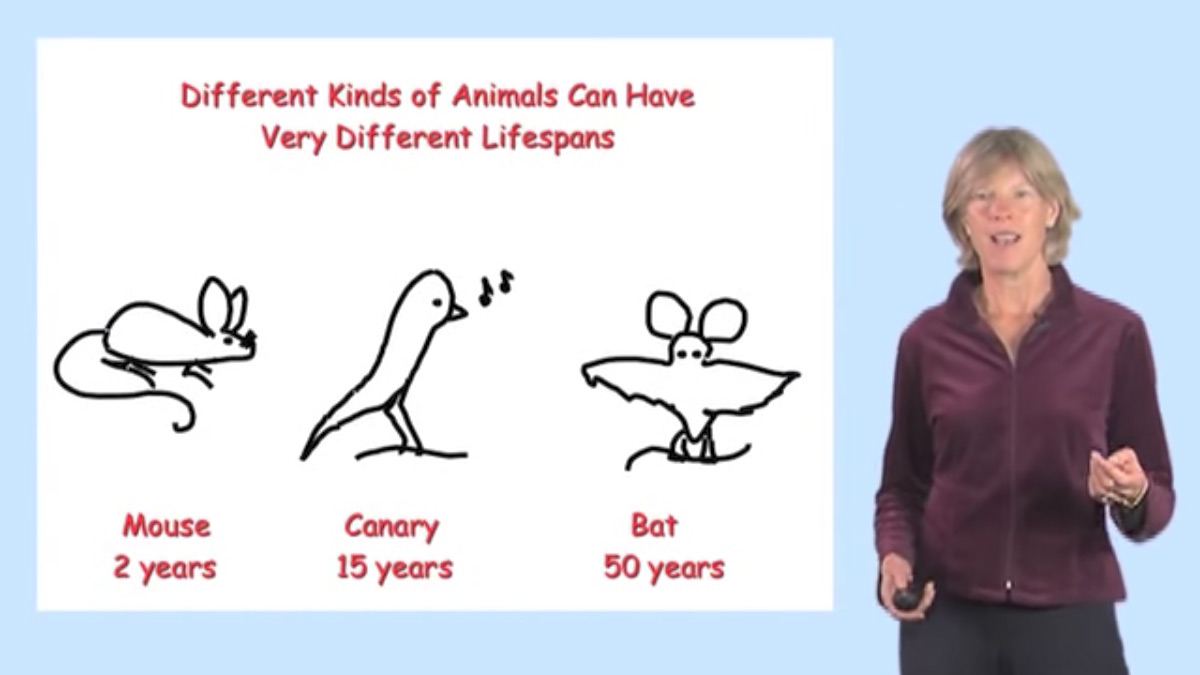
A Genetic Control Circuit for Aging
In her talk about discovering a genetic control circuit for aging, Cynthia Kenyon describes how a single gene mutation causes C. elegans to live twice as long as normal.
1 videos
- General Public
- Educators of H. School / Intro Undergrad
- Student
- Educators of Adv. Undergrad / Grad
- Researcher
- Educators
-
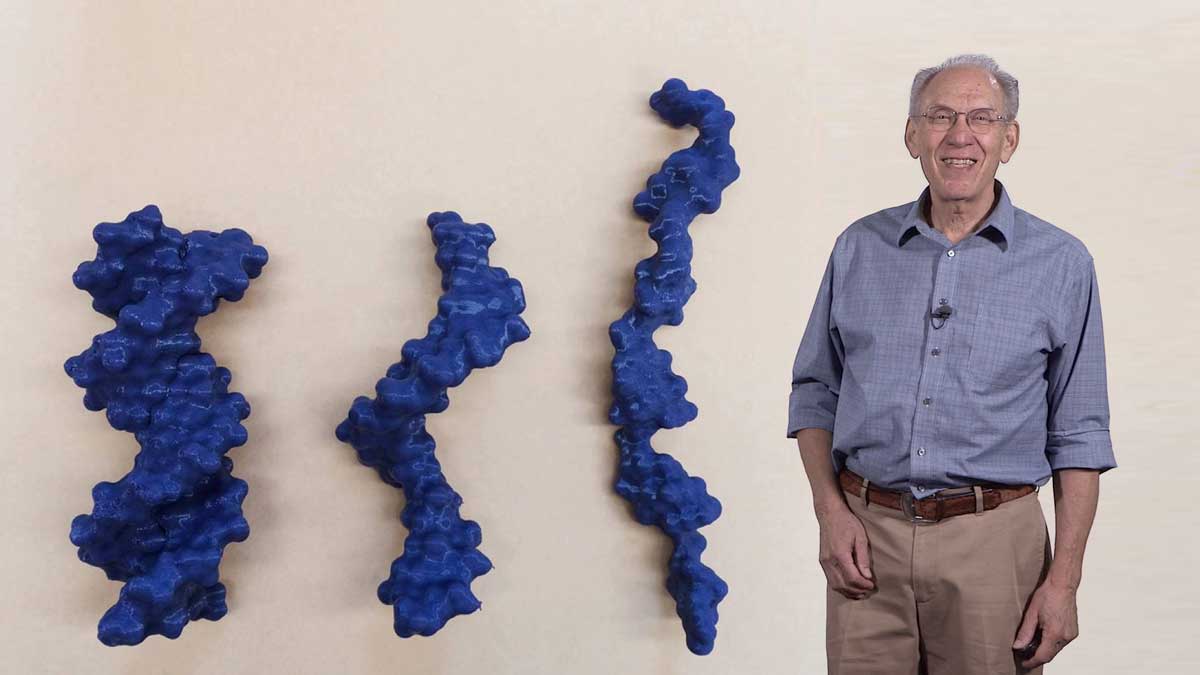
Chromosome Repair by Homologous Recombination
Broken chromosomes naturally arise during DNA replication. In healthy cells, the breaks are repaired by homologous recombination. If the repair machinery is broken, cancer can result.
3 videos
- Educators of H. School / Intro Undergrad
- Student
- Educators of Adv. Undergrad / Grad
- Researcher
- Educators
-
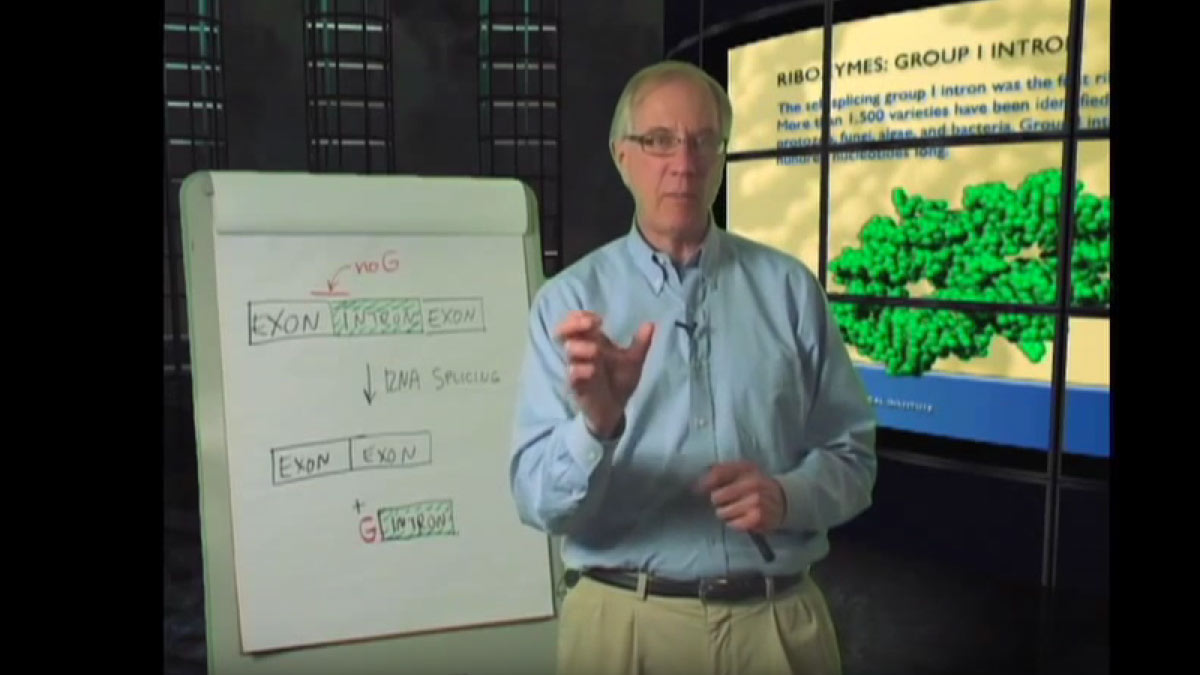
Discovering Ribozymes
Tom Cech describes the excitement of doing the experiments that led to the discovery of ribozymes, RNA that can catalyze the cutting and rejoining of chemical bonds.
1 videos
- General Public
- Educators of H. School / Intro Undergrad
- Student
- Educators of Adv. Undergrad / Grad
- Researcher
- Educators
-
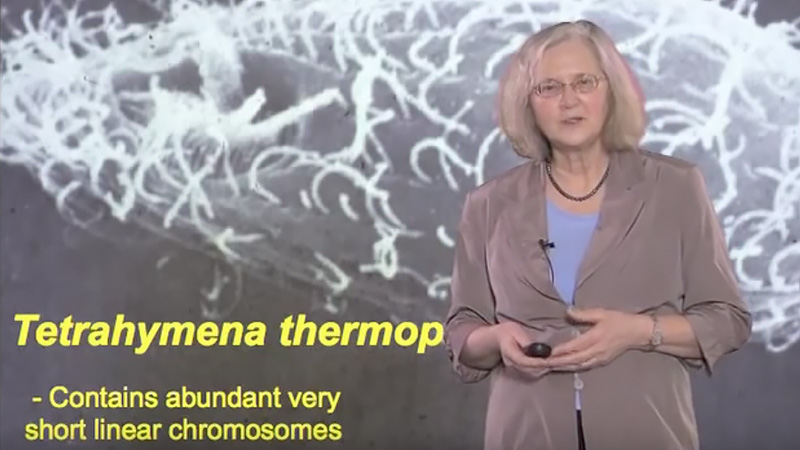
Discovery of Telomeric DNA and Telomerase
Elizabeth Blackburn describes the discovery of telomeric DNA and telomerase, and how both function to protect the chromosomes during rounds of cell division.
1 videos
- General Public
- Educators of H. School / Intro Undergrad
- Student
- Educators of Adv. Undergrad / Grad
- Researcher
- Educators
-
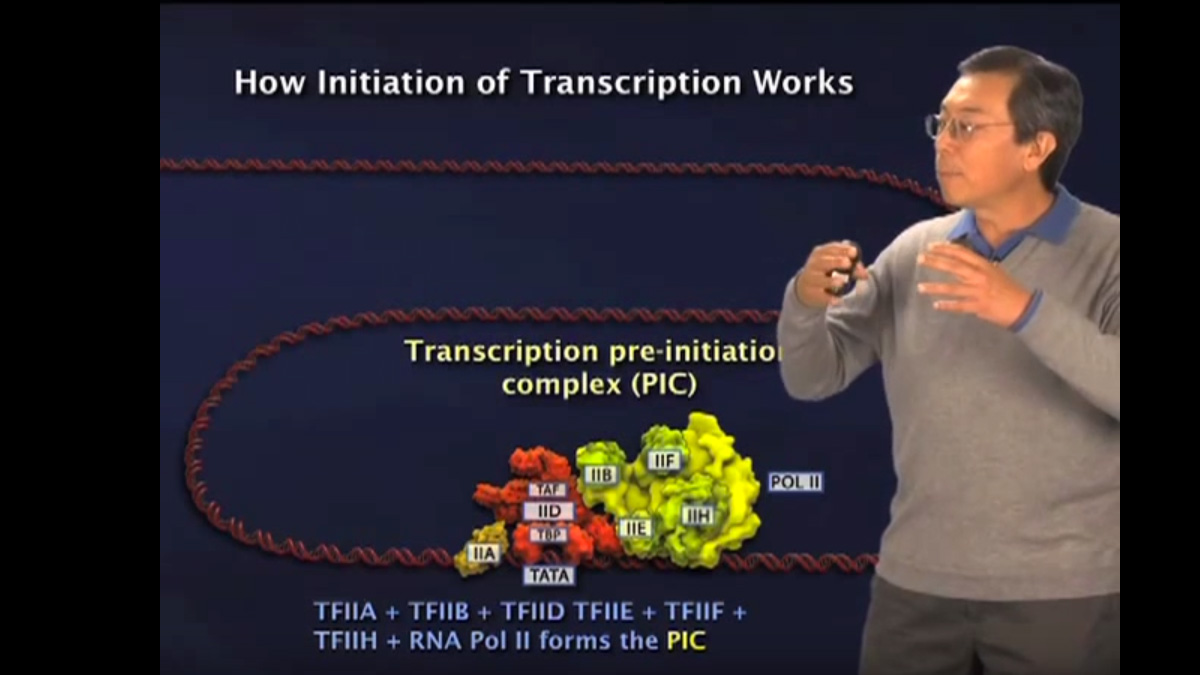
Molecular Biology of Gene Regulation: Transcription Factors
Robert Tjian talks about how RNA polymerase II, the enzyme that transcribes DNA to RNA, relies on transcription factors to recognize and transcribe the correct coding sequences.
2 videos
- Educators of H. School / Intro Undergrad
- Student
- Educators of Adv. Undergrad / Grad
- Researcher
- Educators
-
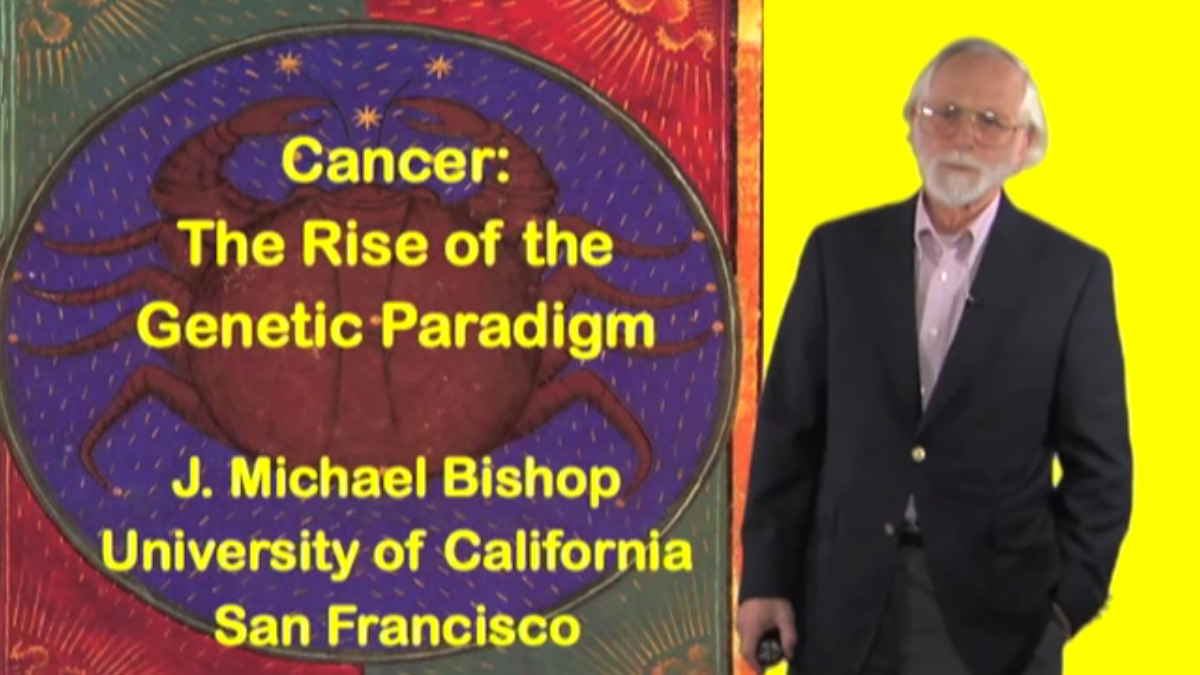
Oncogenes: A Genetic Paradigm for Cancer
J. Michael Bishop begins with a historical review of the experiments that showed that normal genes can be mutated and become cancer causing oncogenes.
3 videos
- Educators of H. School / Intro Undergrad
- Student
- Educators of Adv. Undergrad / Grad
- Researcher
- Educators
-
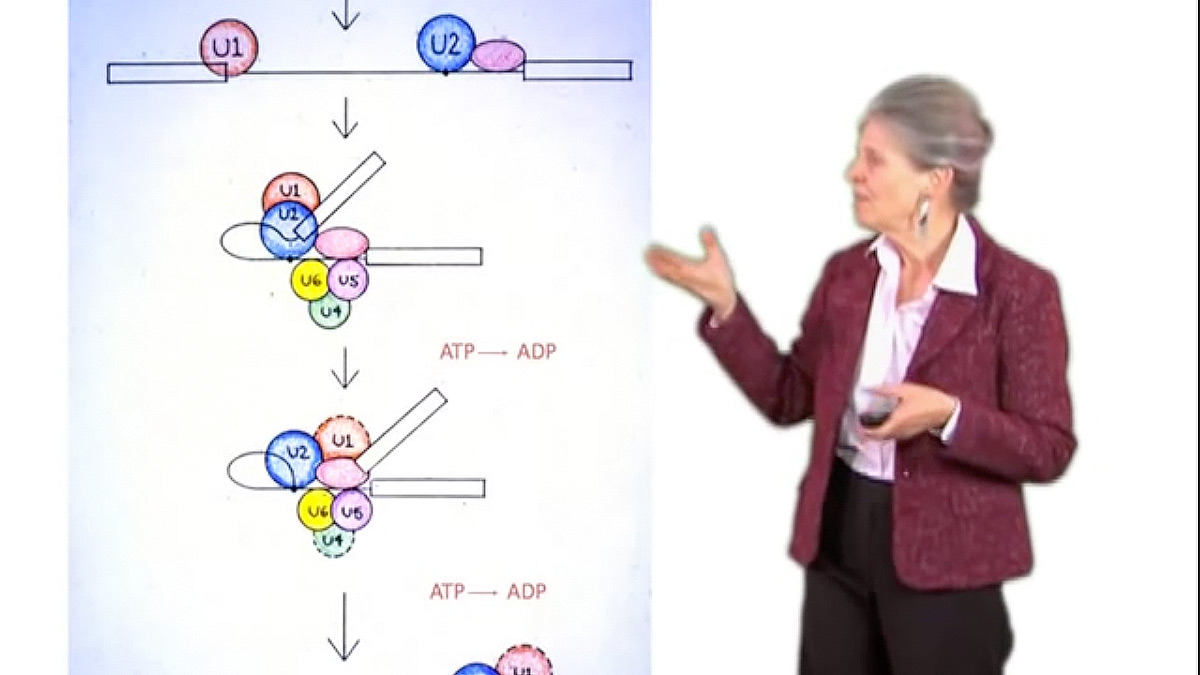
SNURPs and Serendipity
Joan Steitz tells us of the importance of serendipity in the discovery of SNURPS, the small nuclear ribonucleoproteins that are key to the splicing of pre-messenger RNA.
1 videos
- Educators of H. School / Intro Undergrad
- Student
- Educators of Adv. Undergrad / Grad
- Researcher
- Educators
-
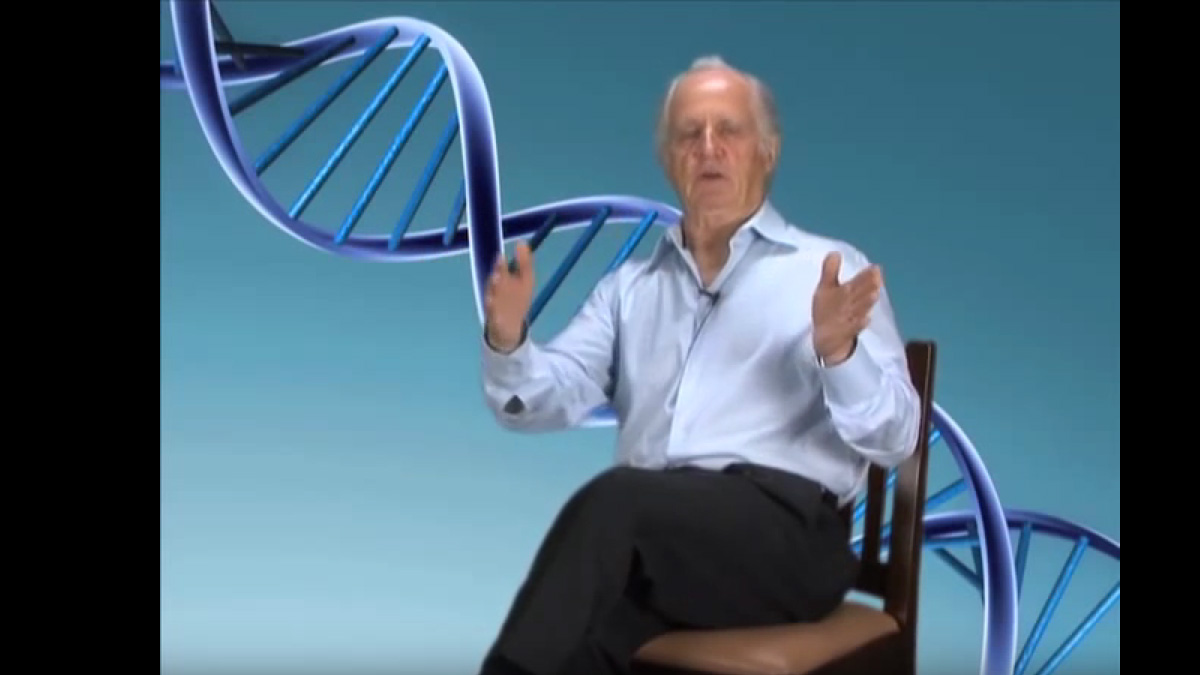
The Birth of Gene Targeting
Mario Capecchi describes the challenges in developing the technique of gene targeting, which allows the manipulation of genes from tissue culture cells to mice.
1 videos
- General Public
- Educators of H. School / Intro Undergrad
- Student
- Educators of Adv. Undergrad / Grad
- Researcher
- Educators
-
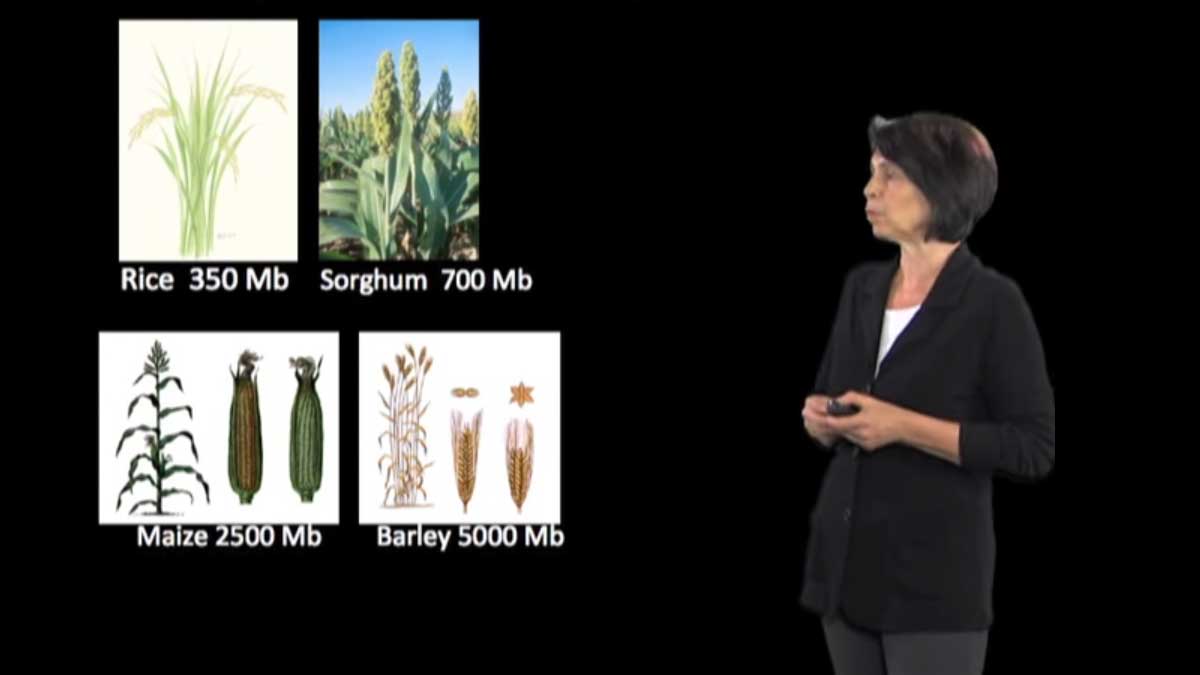
The Dynamic Genome and Transposable Elements
Susan Wessler introduces transposable elements, small movable pieces of DNA that can insert throughout the genome of both plants and animals.
2 videos
- Educators of H. School / Intro Undergrad
- Student
- Educators of Adv. Undergrad / Grad
- Researcher
- Educators
-
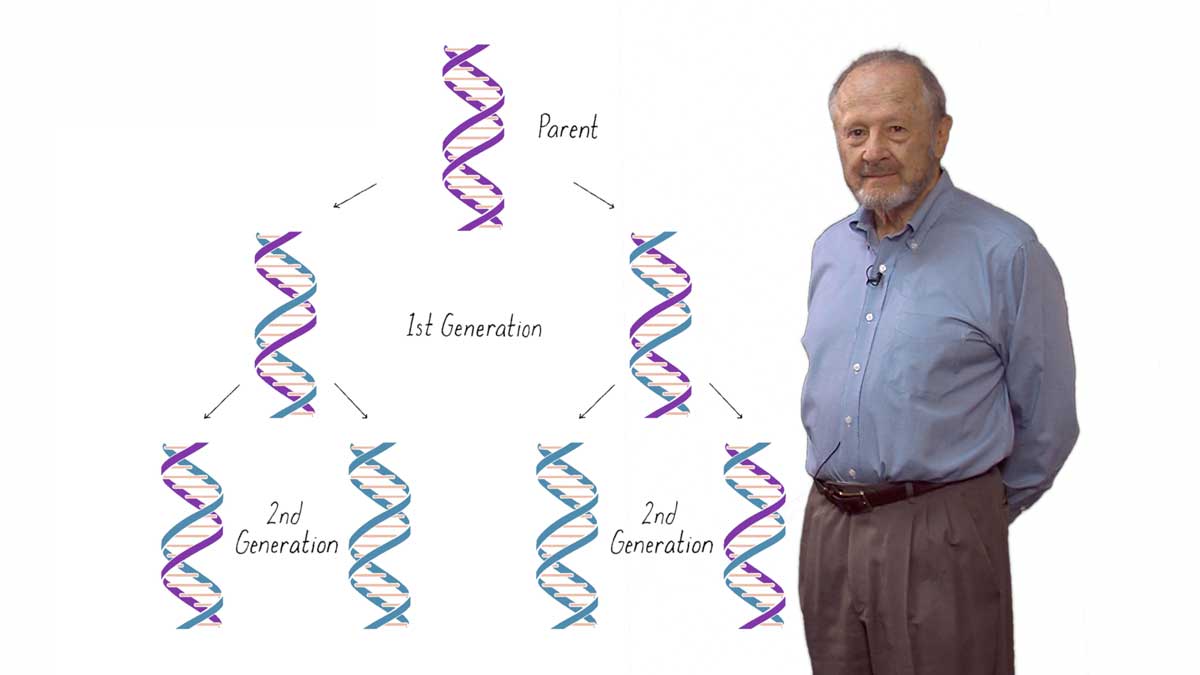
The Semi-Conservative Replication of DNA
Matthew Meselson recalls the events that led him to meet Frank Stahl and to perform the now famous experiment showing that DNA undergoes semi-conservative replication.
1 videos
- General Public
- Educators of H. School / Intro Undergrad
- Student
- Educators of Adv. Undergrad / Grad
- Researcher
- Educators
Human Disease
-
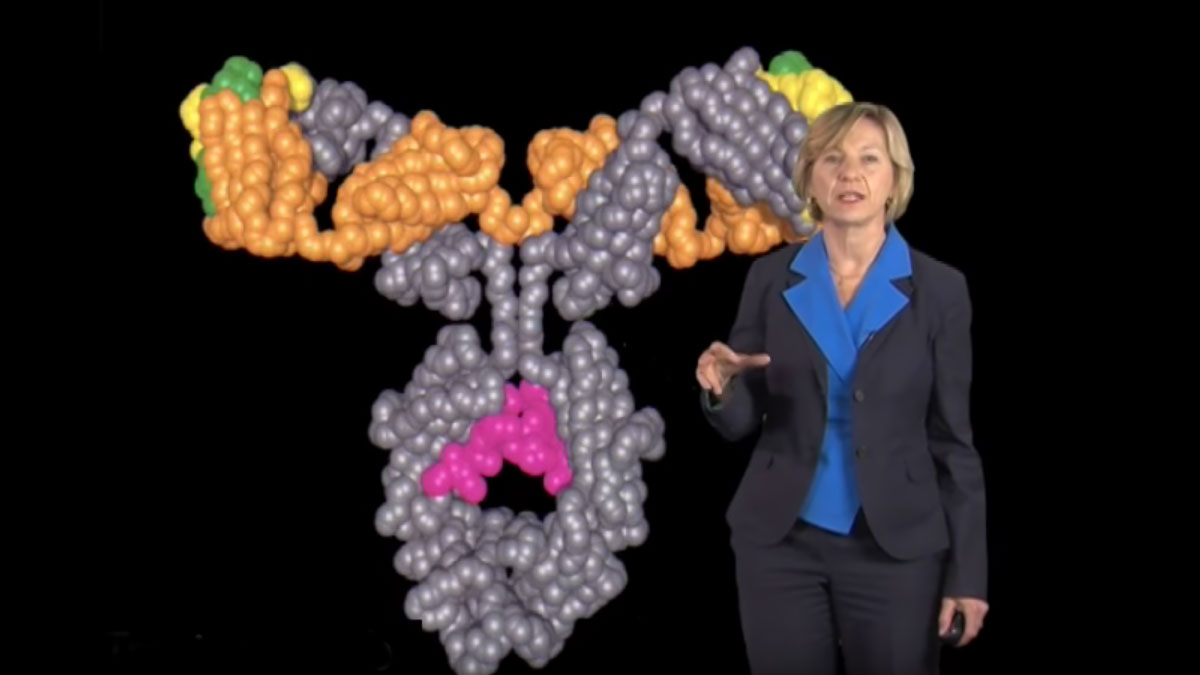
Drug Development – the Herceptin Story
Susan Desmond-Hellmann discusses the drug development process and shares her experience with developing the targeted cancer therapeutic, Herceptin.
1 videos
- General Public
- Educators of H. School / Intro Undergrad
- Student
- Educators of Adv. Undergrad / Grad
- Researcher
- Educators
Microbiology
-
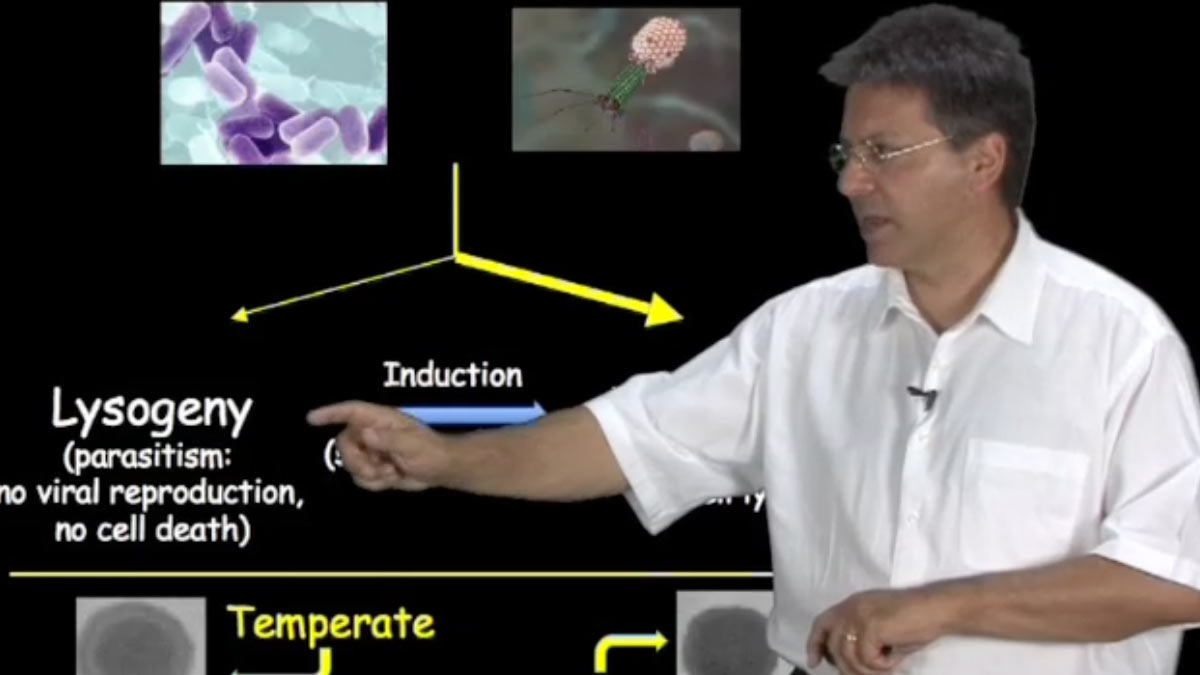
Bacteriophages: Genes and Genomes
Bacteriophage, viruses that infect bacteria, are an enormous group of organisms. Graham Hatfull tells us why he studies these diverse, but little known viruses.
3 videos
- Educators of H. School / Intro Undergrad
- Student
- Educators of Adv. Undergrad / Grad
- Researcher
- Educators
-
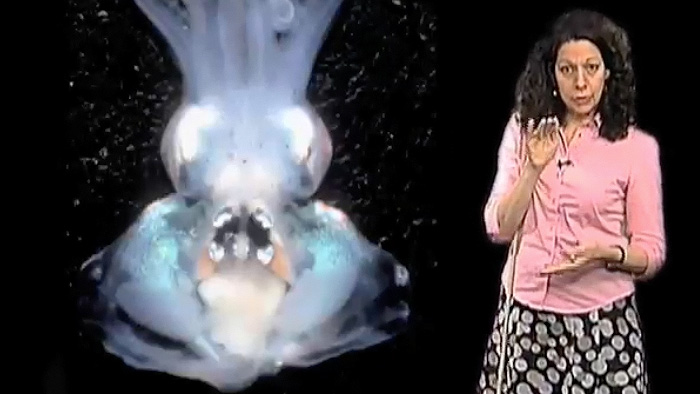
Quorum Sensing in Bacteria
How do bacteria communicate and decide to act as a group? Bonnie Bassler explains chemical communication via quorum sensing.
2 videos
- Educators of H. School / Intro Undergrad
- Student
- Educators of Adv. Undergrad / Grad
- Researcher
- Educators
-
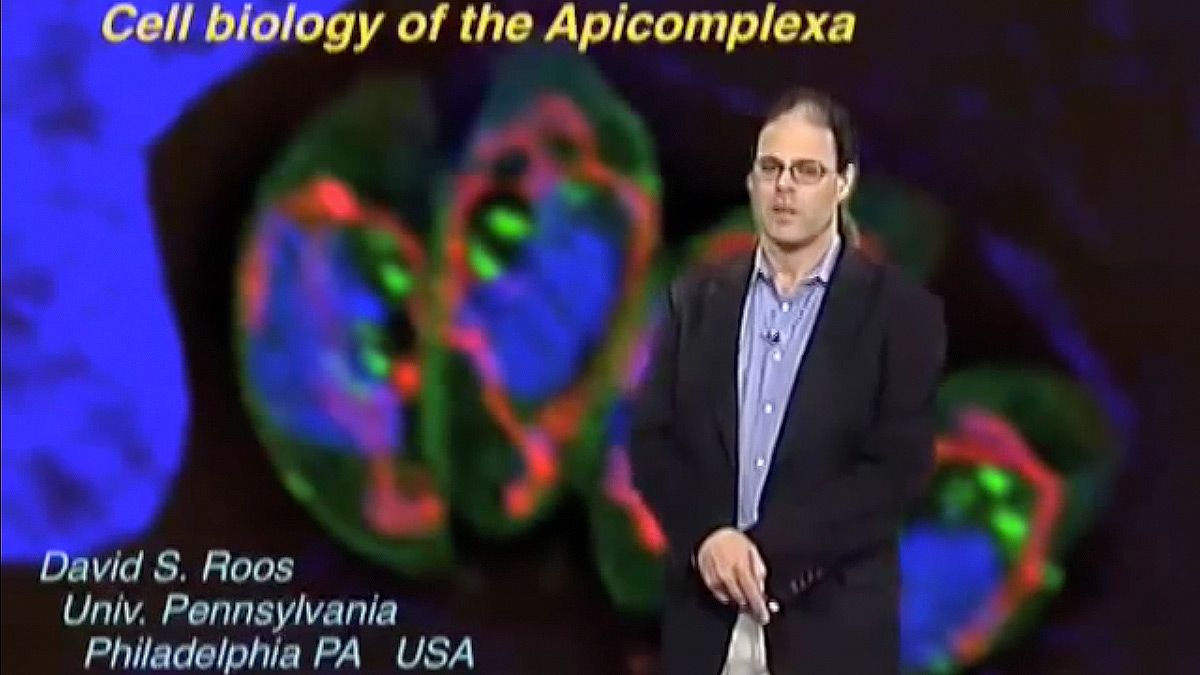
Genomics and Cell Biology of the Apicomplexa
David Roos talks about the genomics and cell biology of single-celled eukaryotes in the phylum Apicomplexa.
5 videos
- Educators of Adv. Undergrad / Grad
- Researcher
- Educators
-
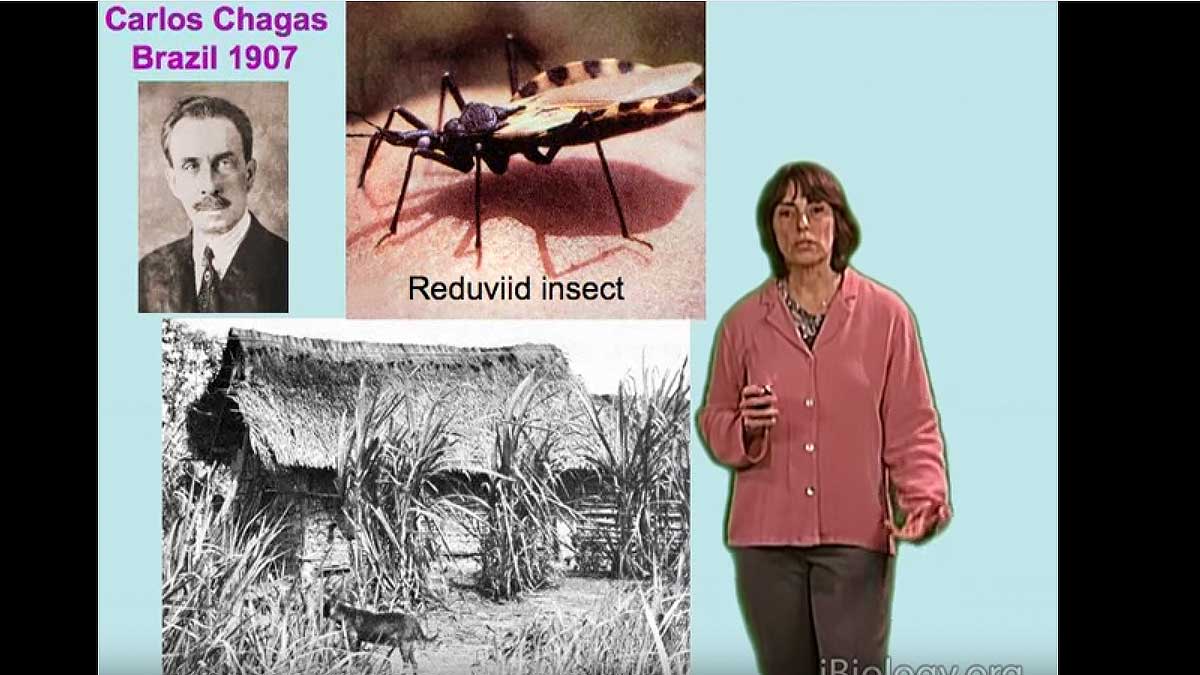
Intracellular Protozoan Parasites: Trypanosoma cruzi and Leishmania
Norma Andrews discusses Trypanosoma cruzi and Leishmania, two closely related, disease causing, intracellular protozoan parasites.
3 videos
- Student
- Educators of Adv. Undergrad / Grad
- Researcher
- Educators
Neuroscience
-
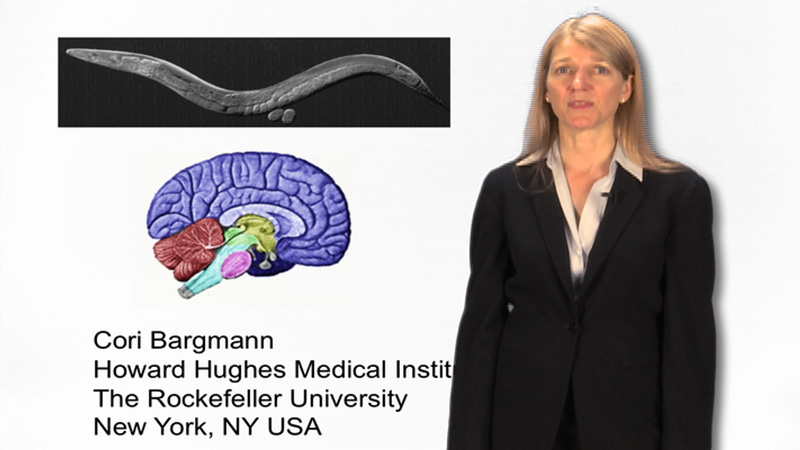
Genes, The Brain, and Behavior
Using the nematode C. elegans as a system, Cori Bargmann describes how individual genes can affect the brain and behavior.
2 videos
- Educators of H. School / Intro Undergrad
- Student
- Educators of Adv. Undergrad / Grad
- Researcher
- Educators




